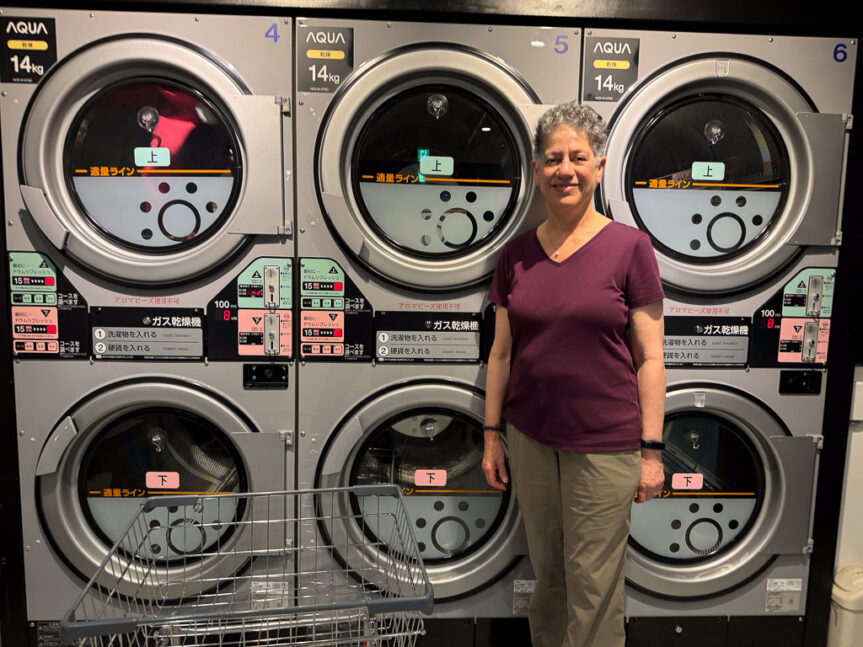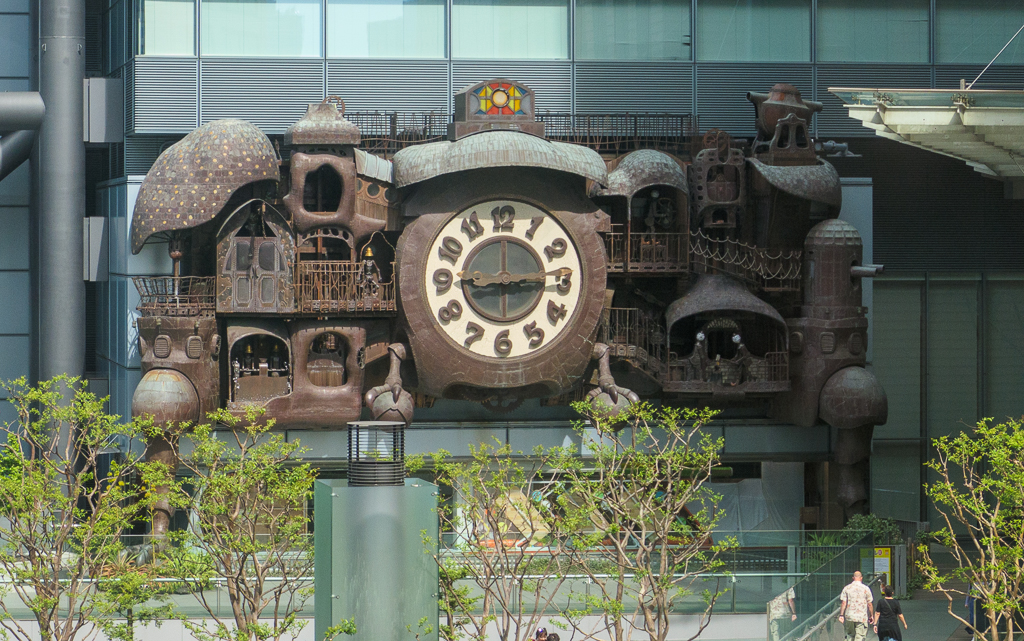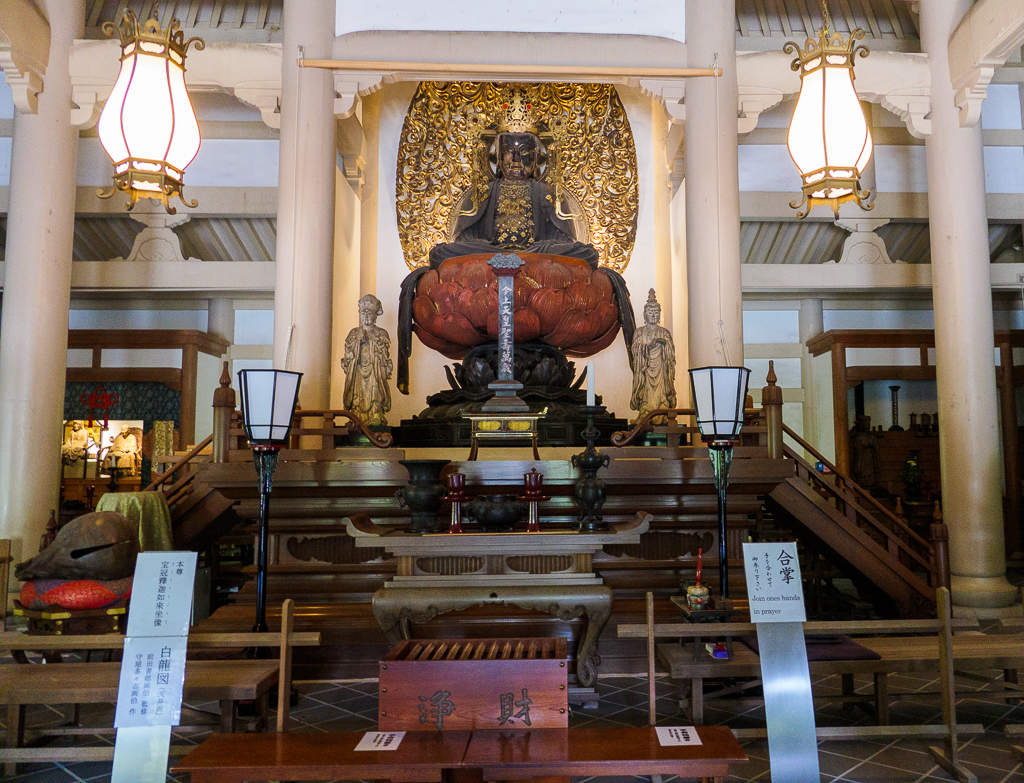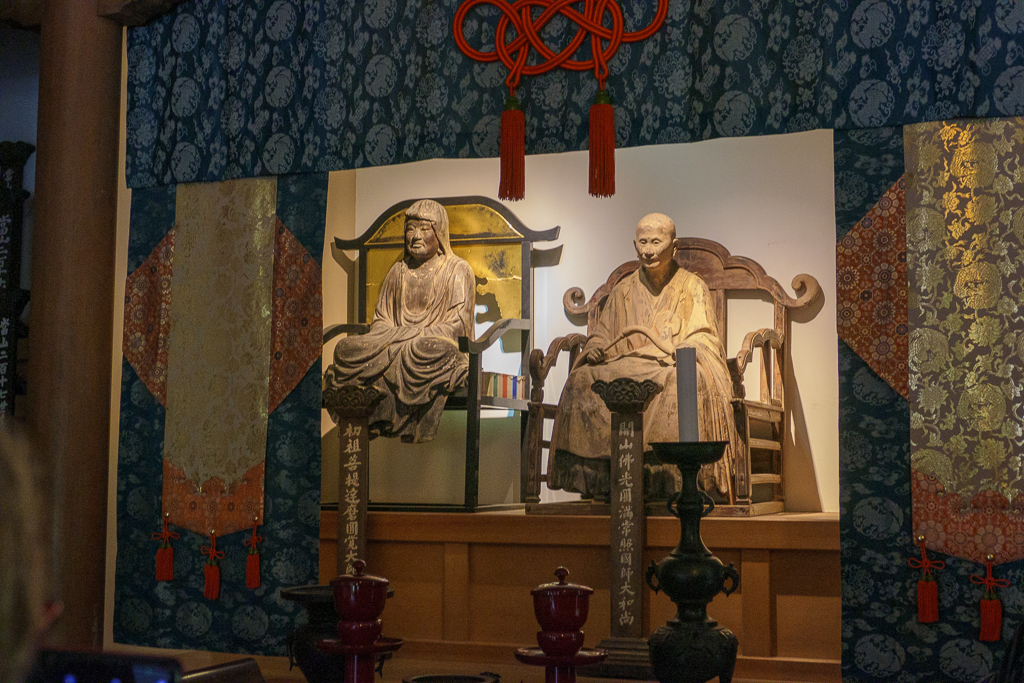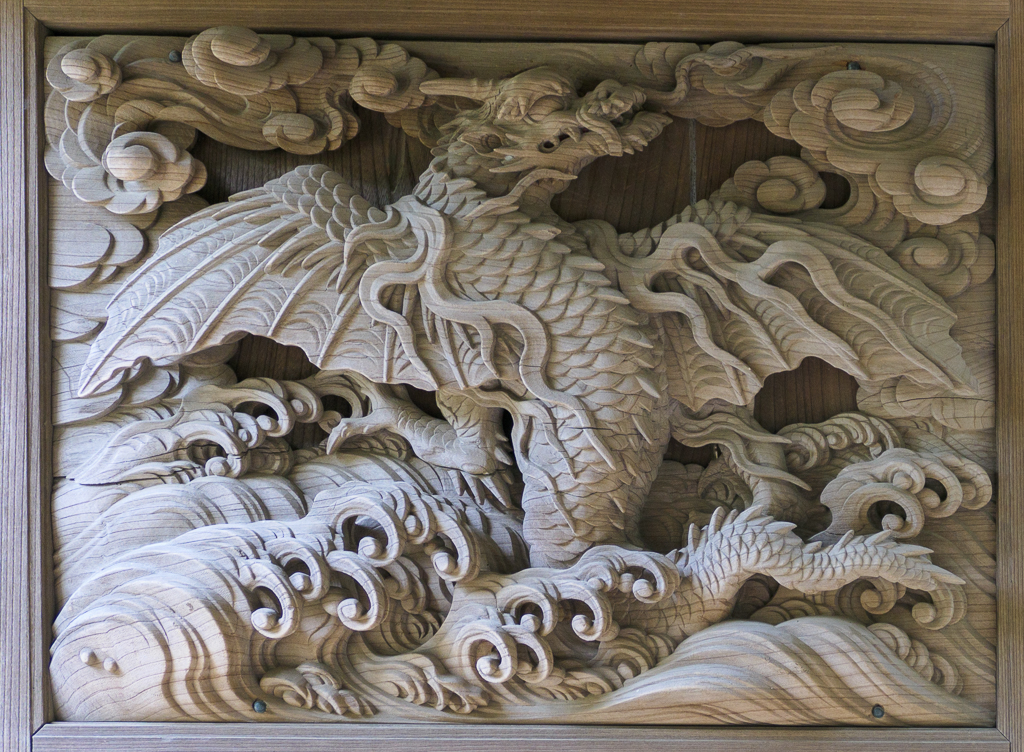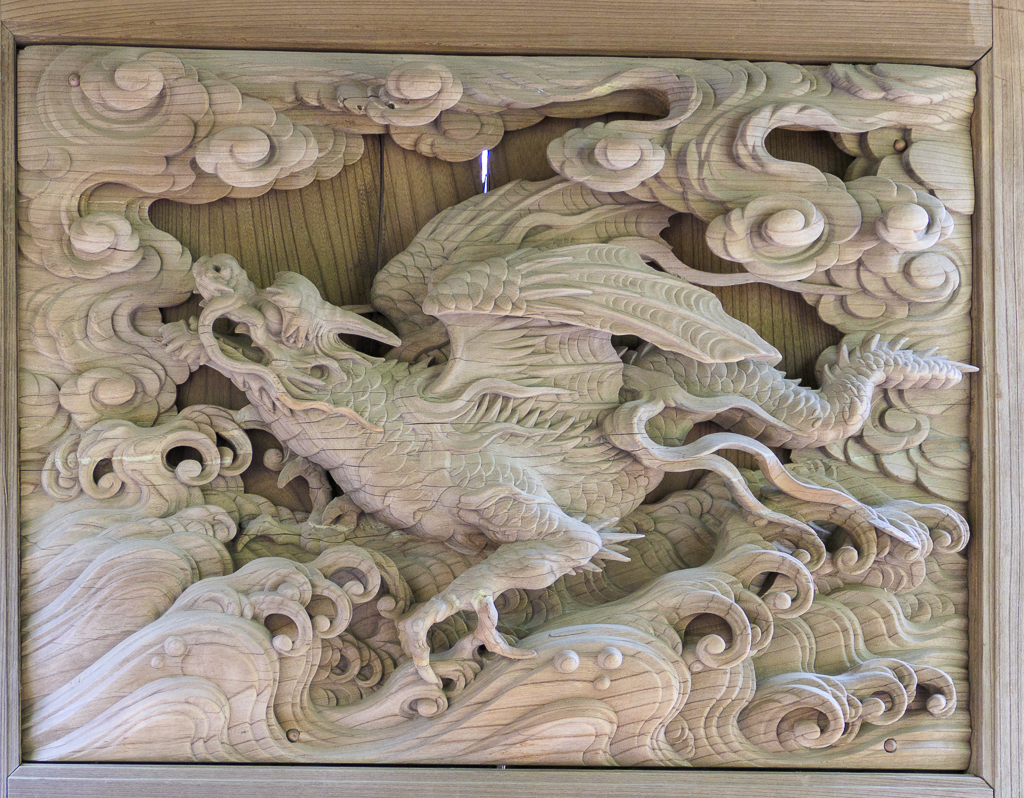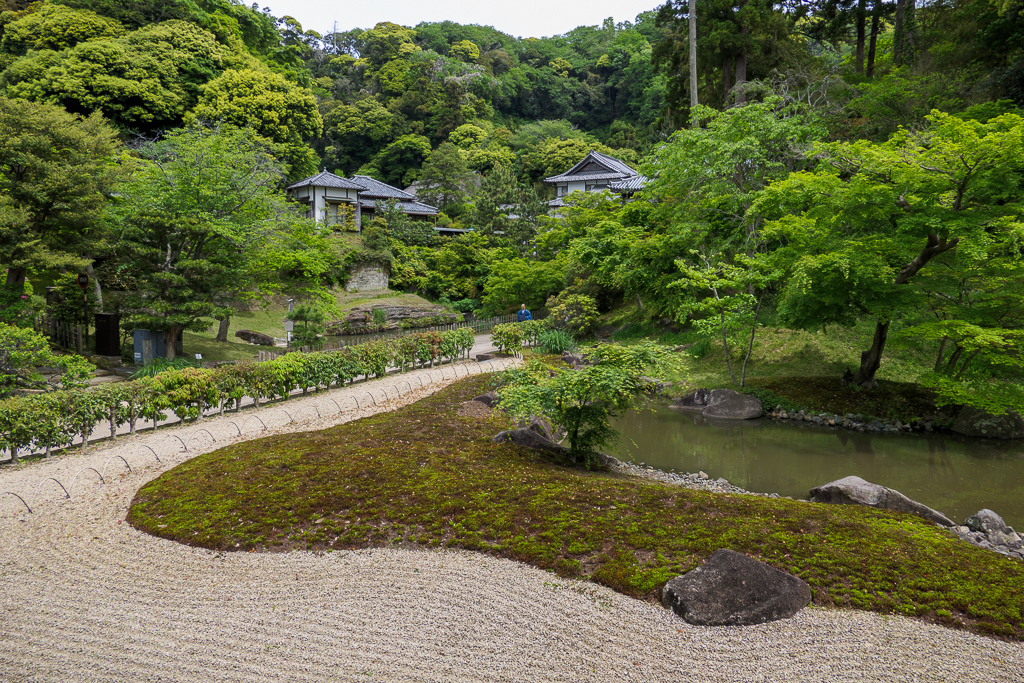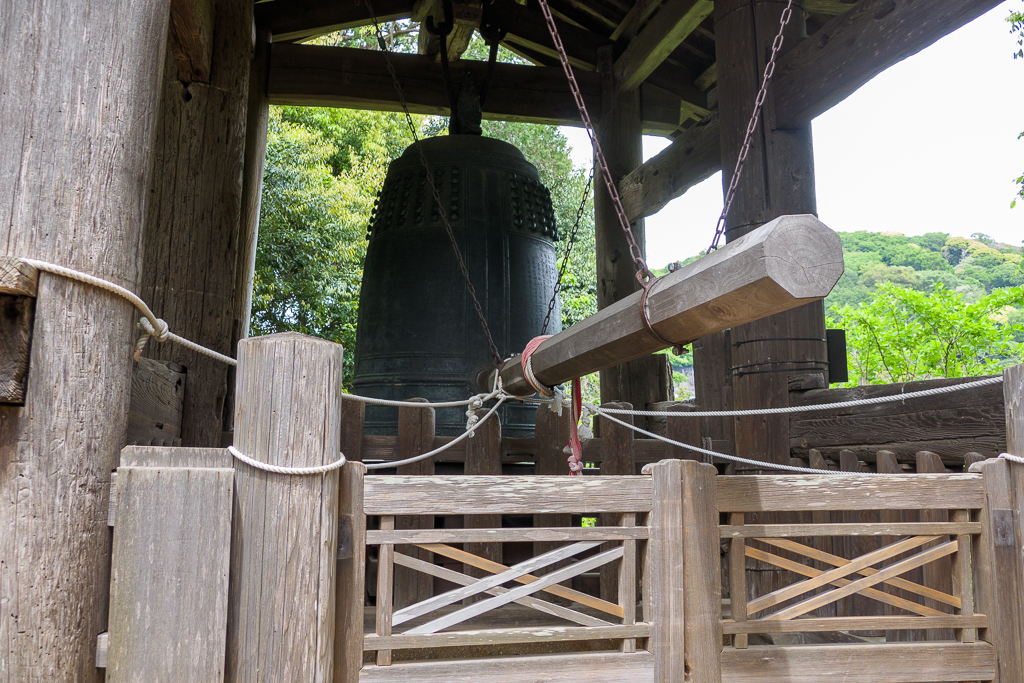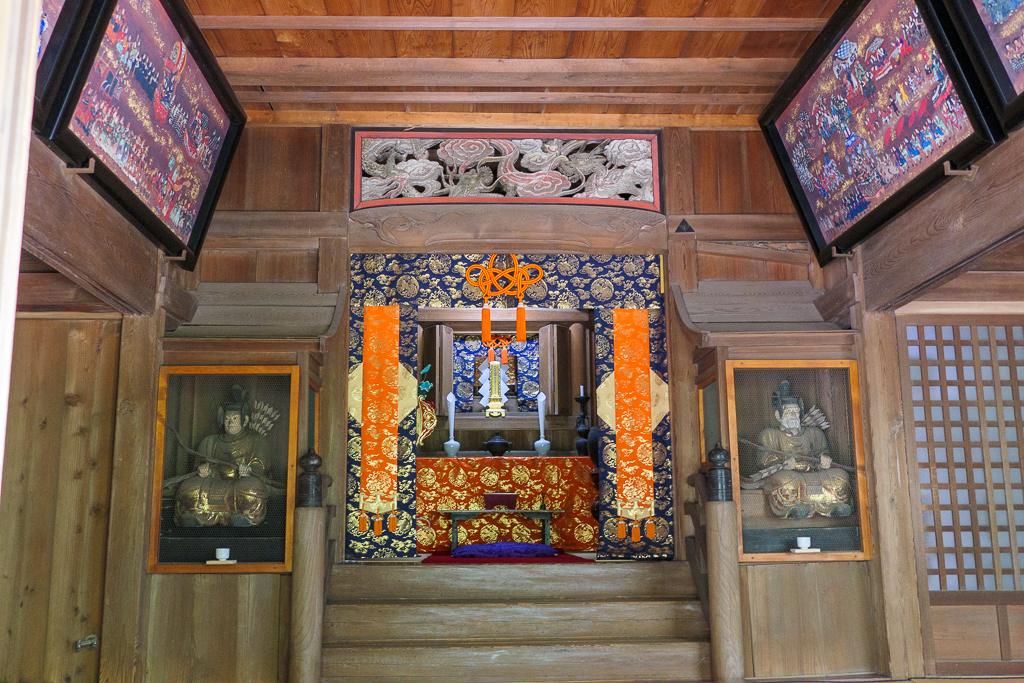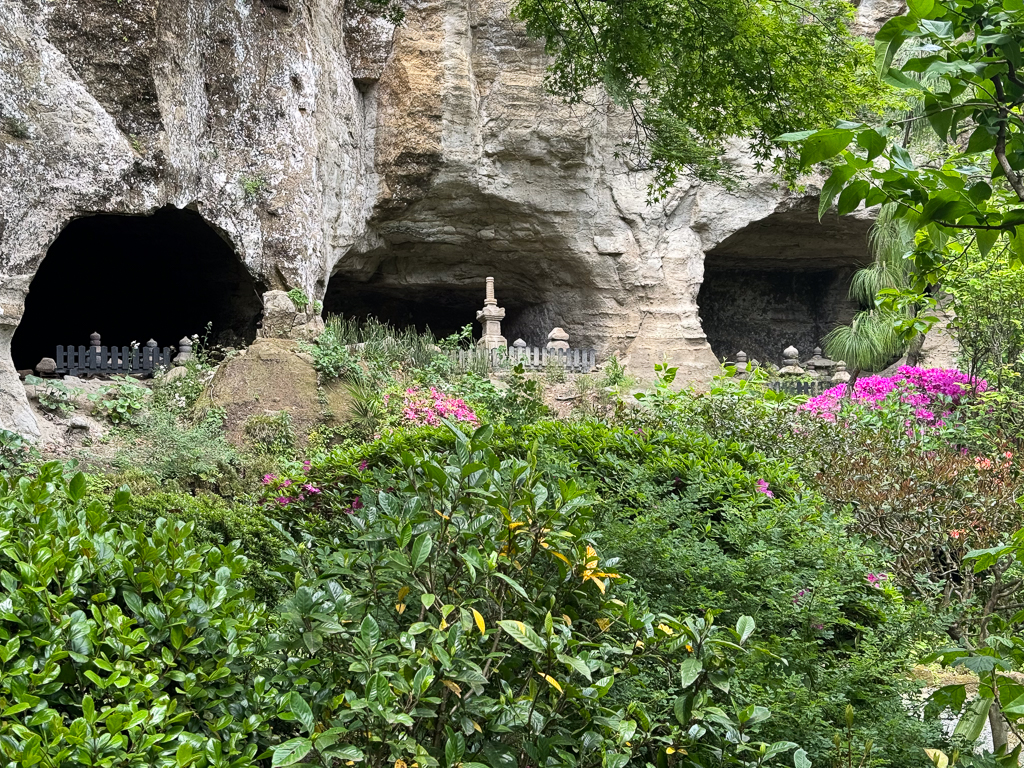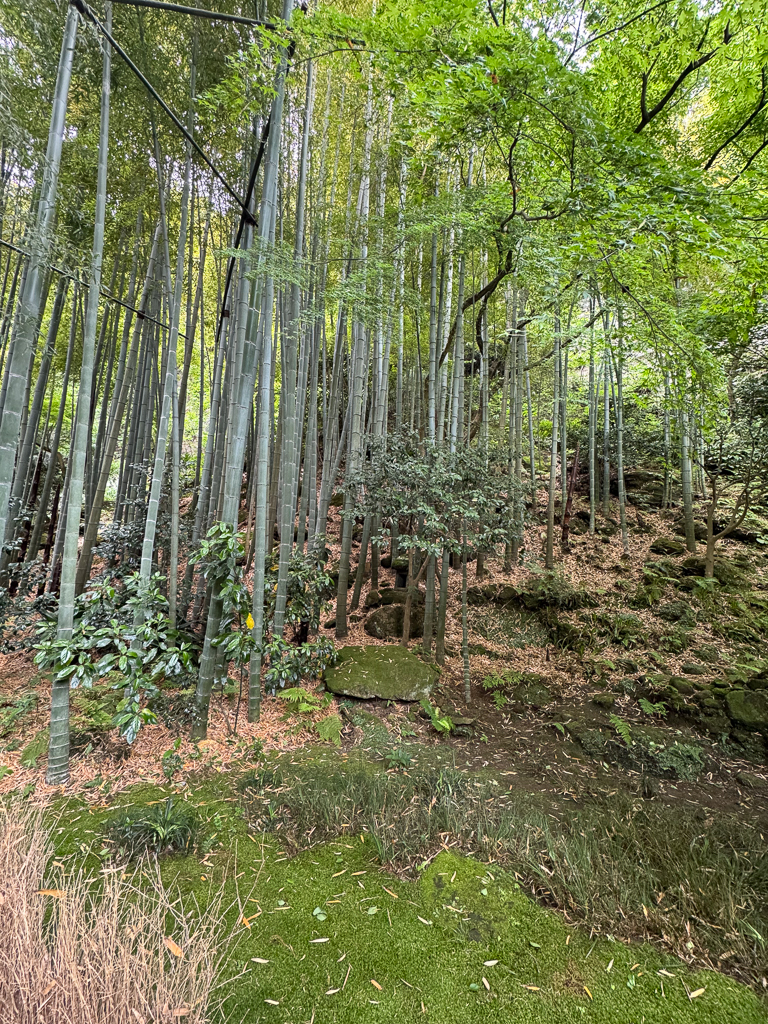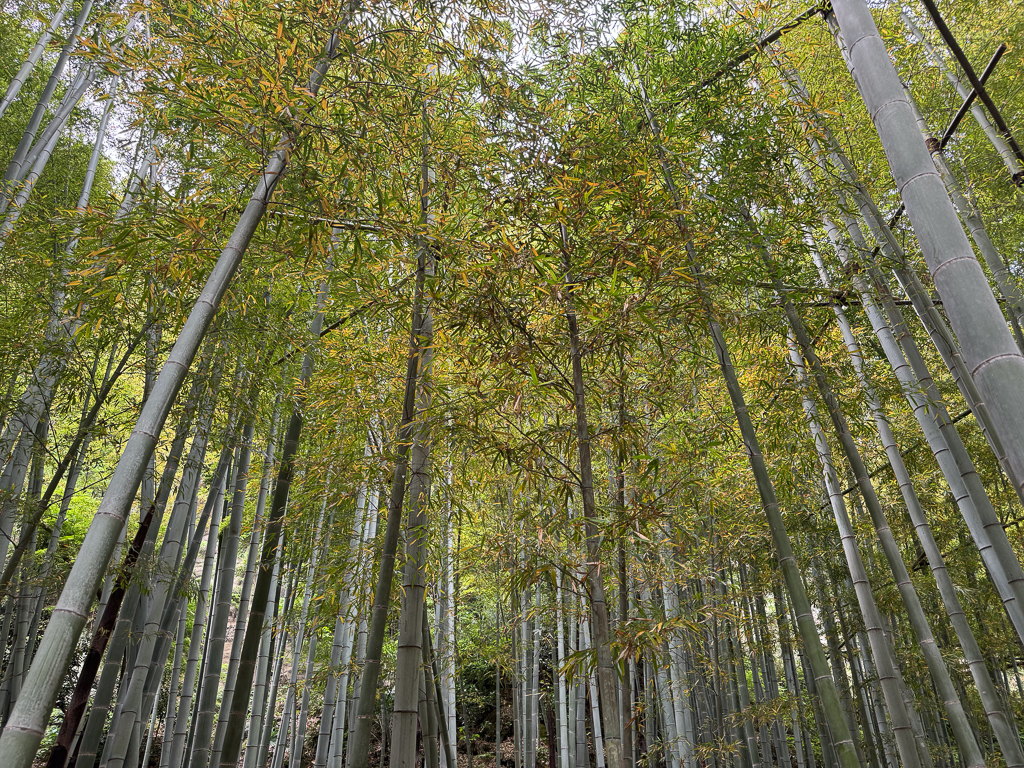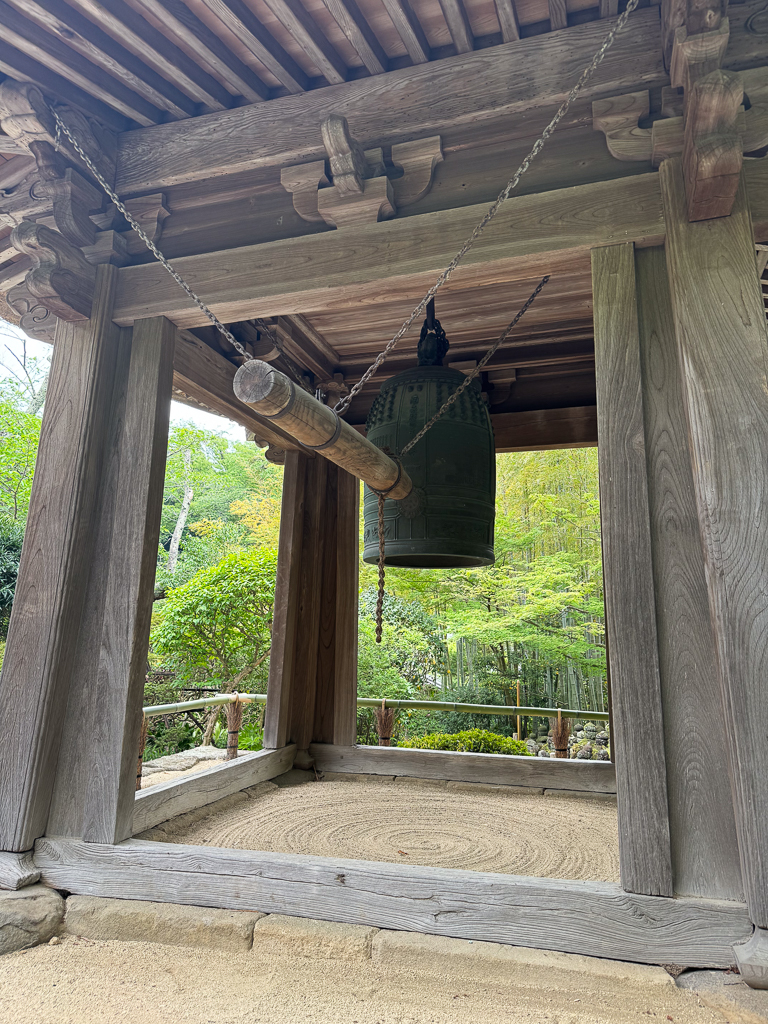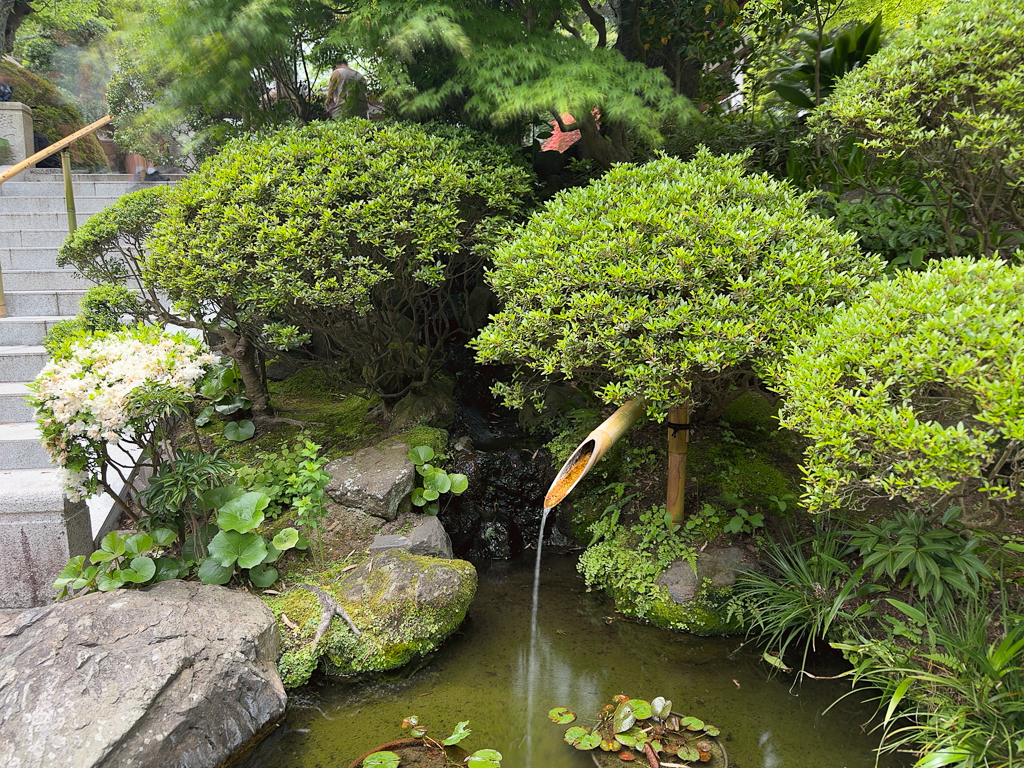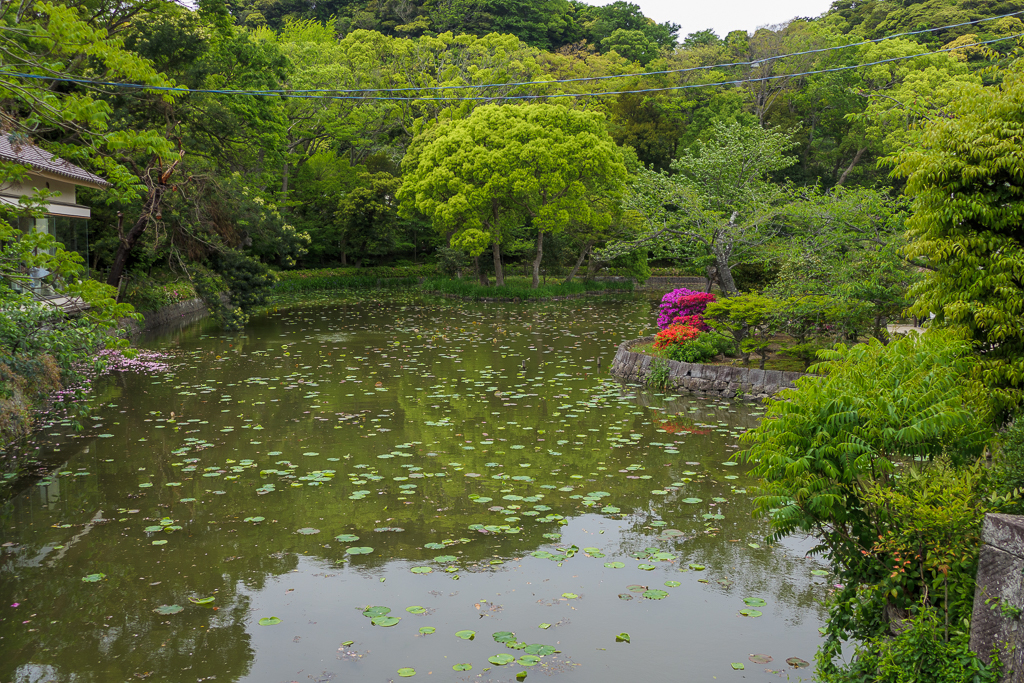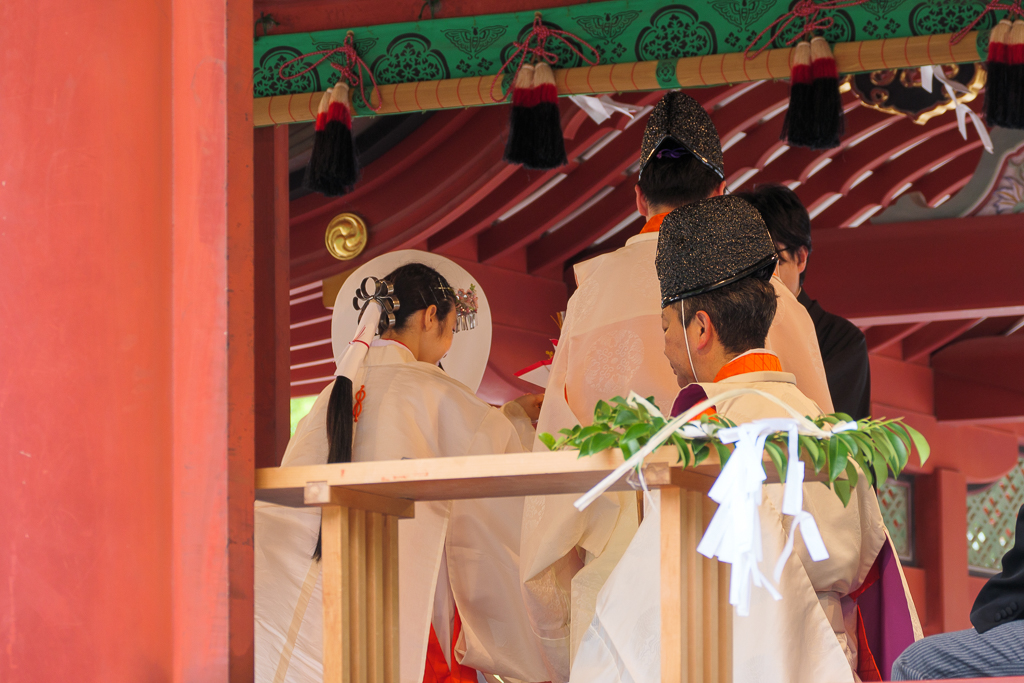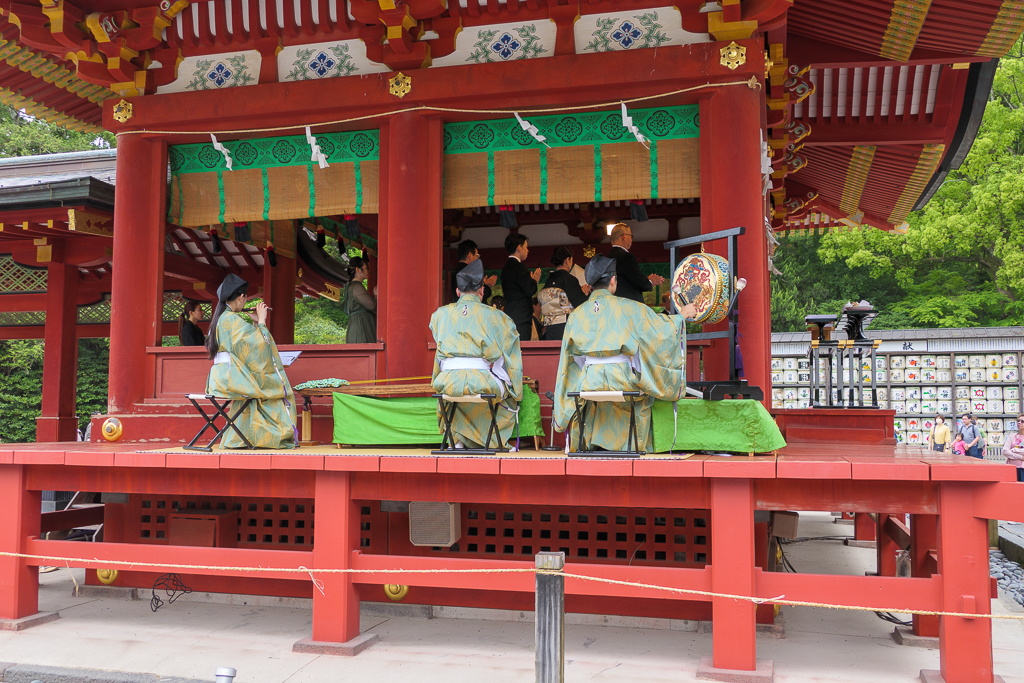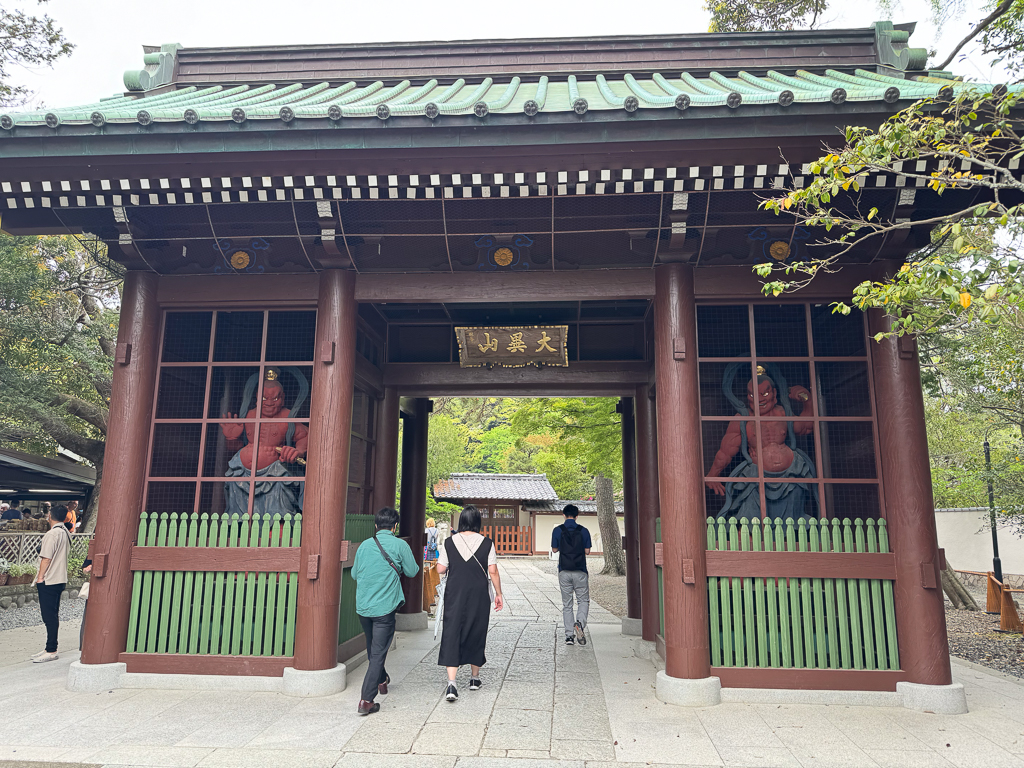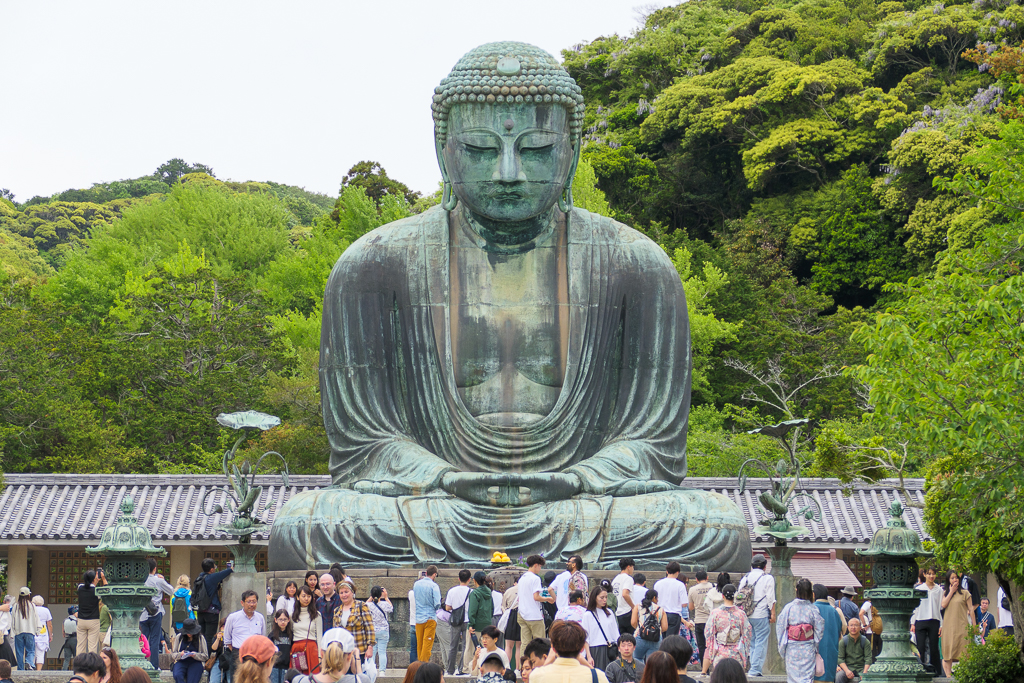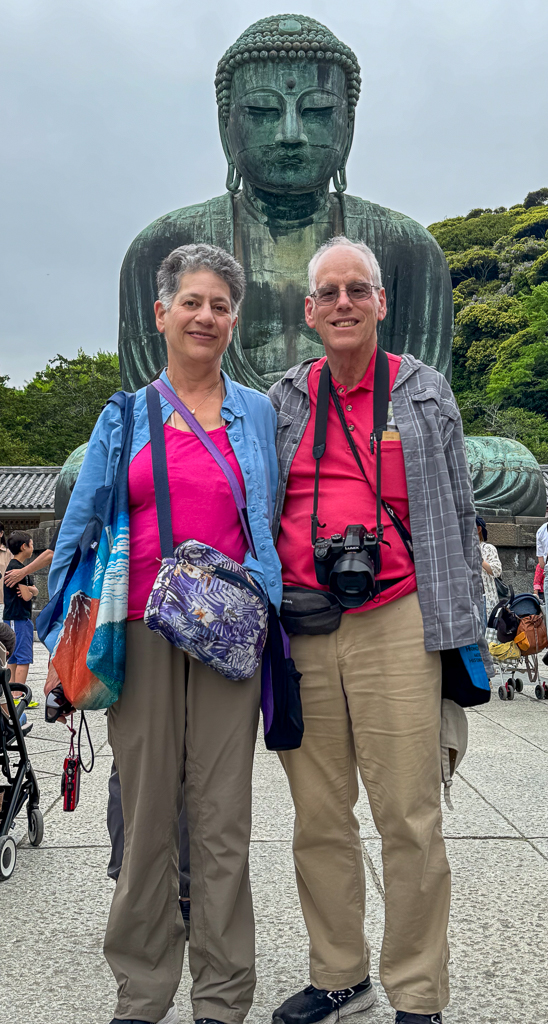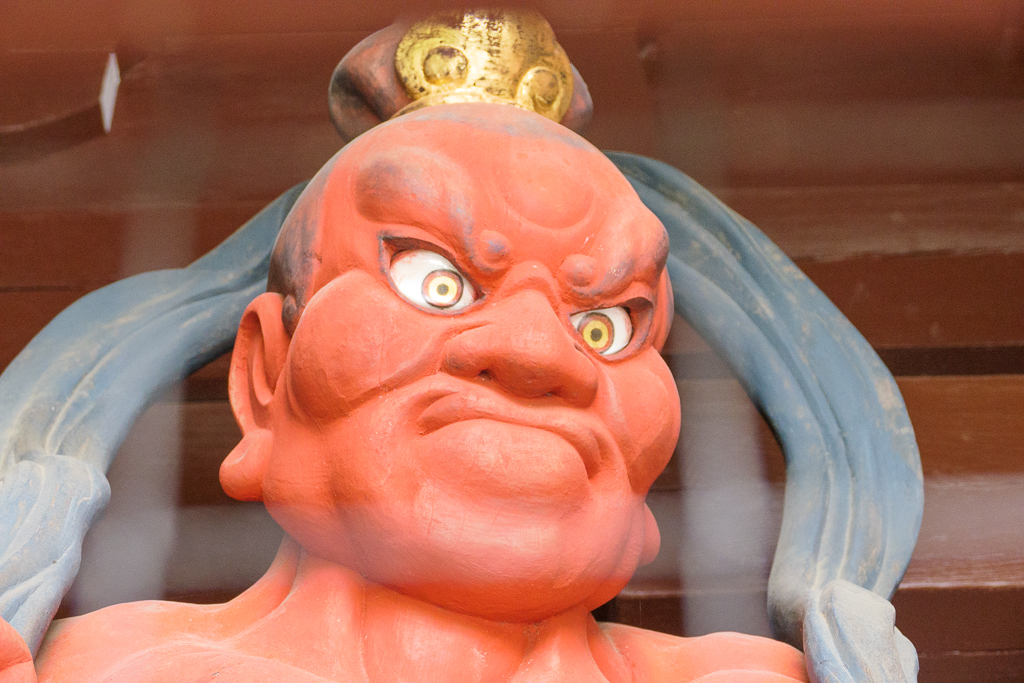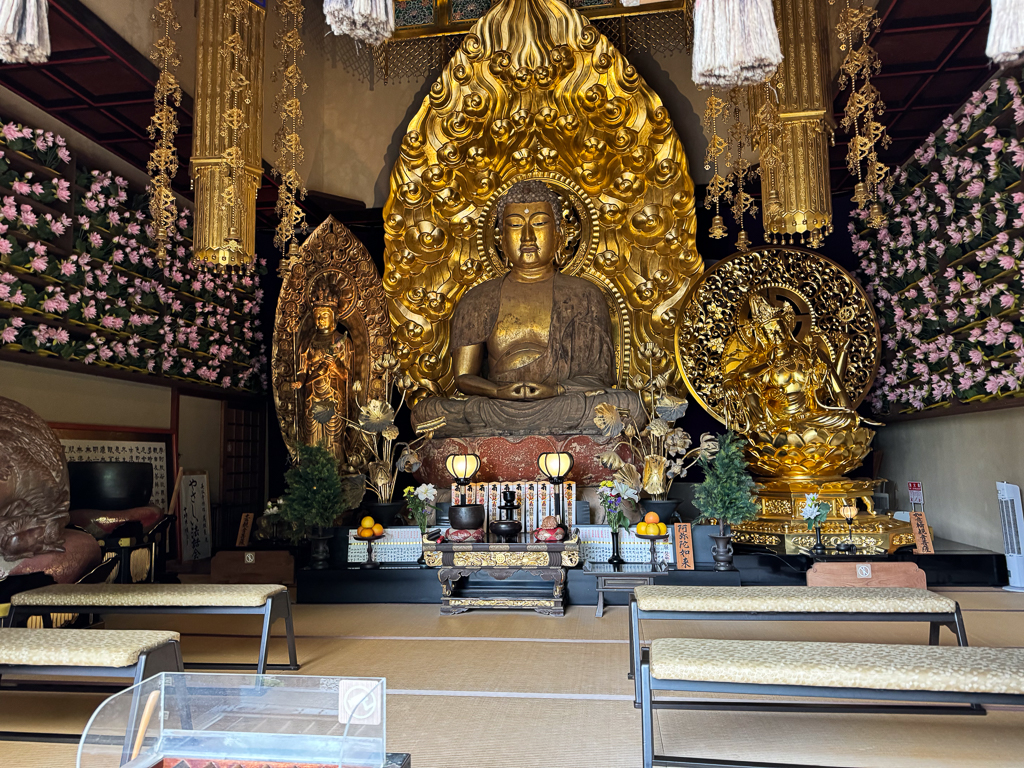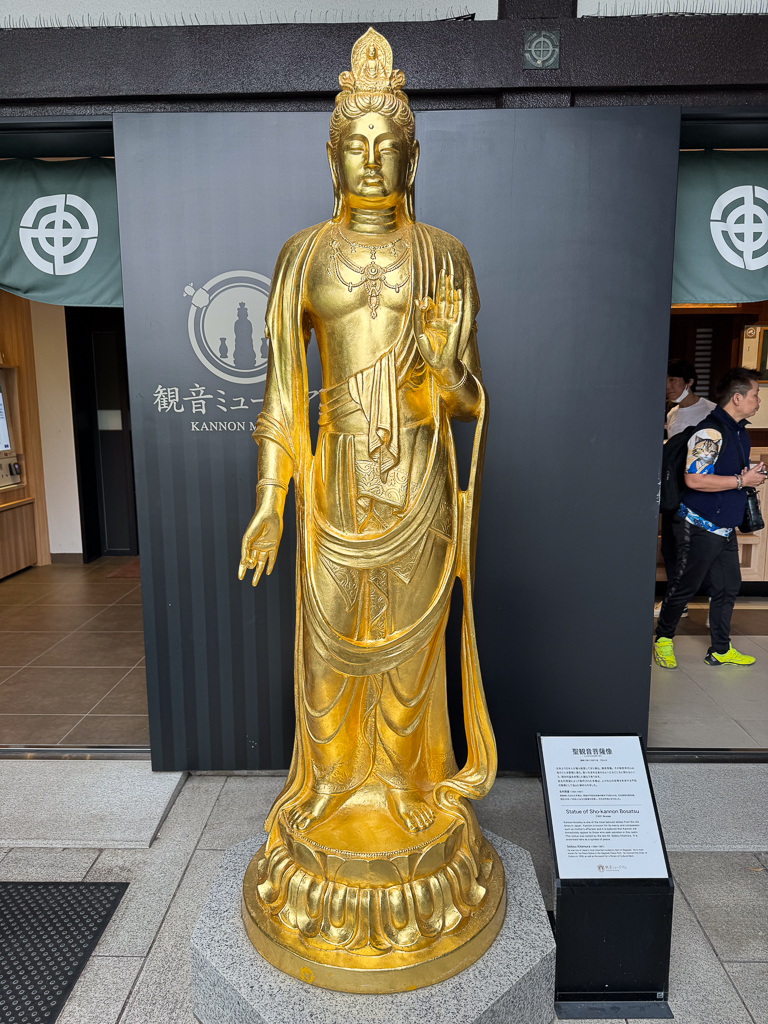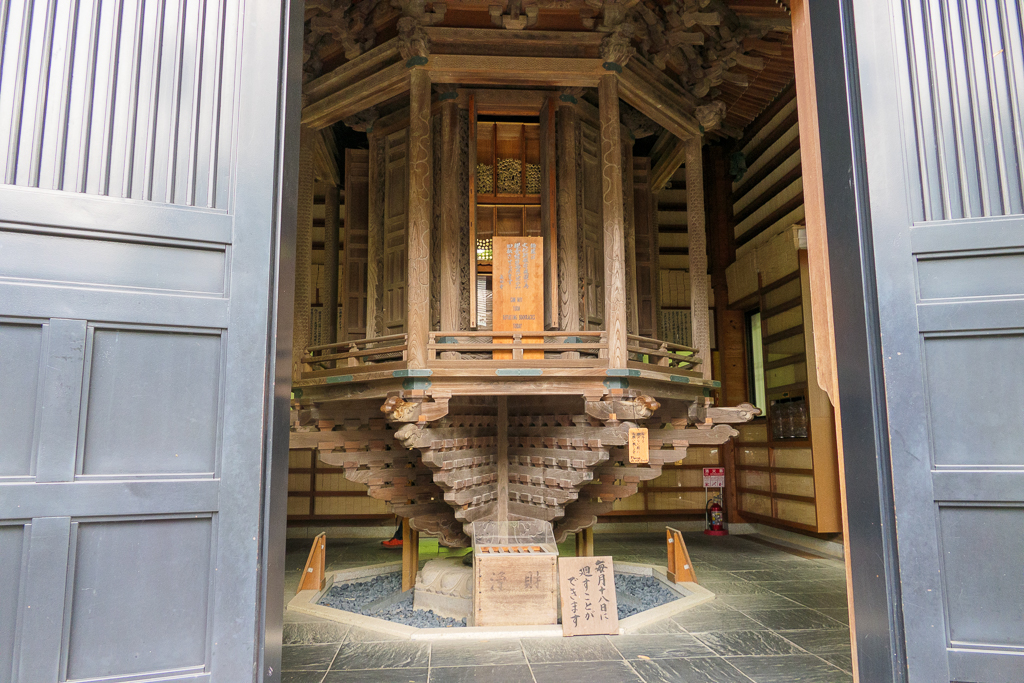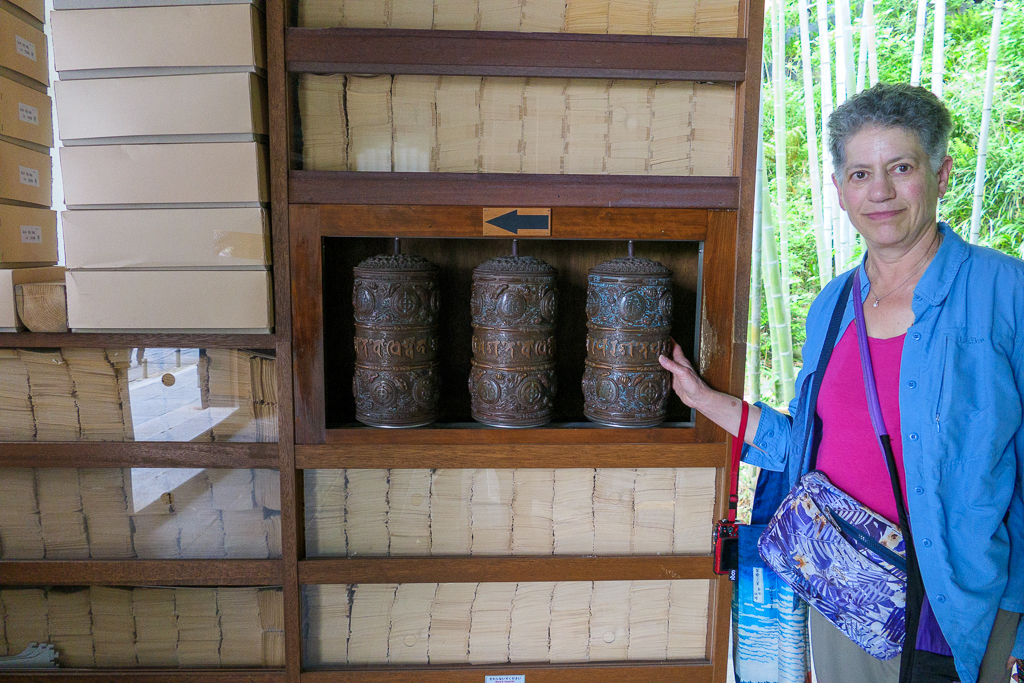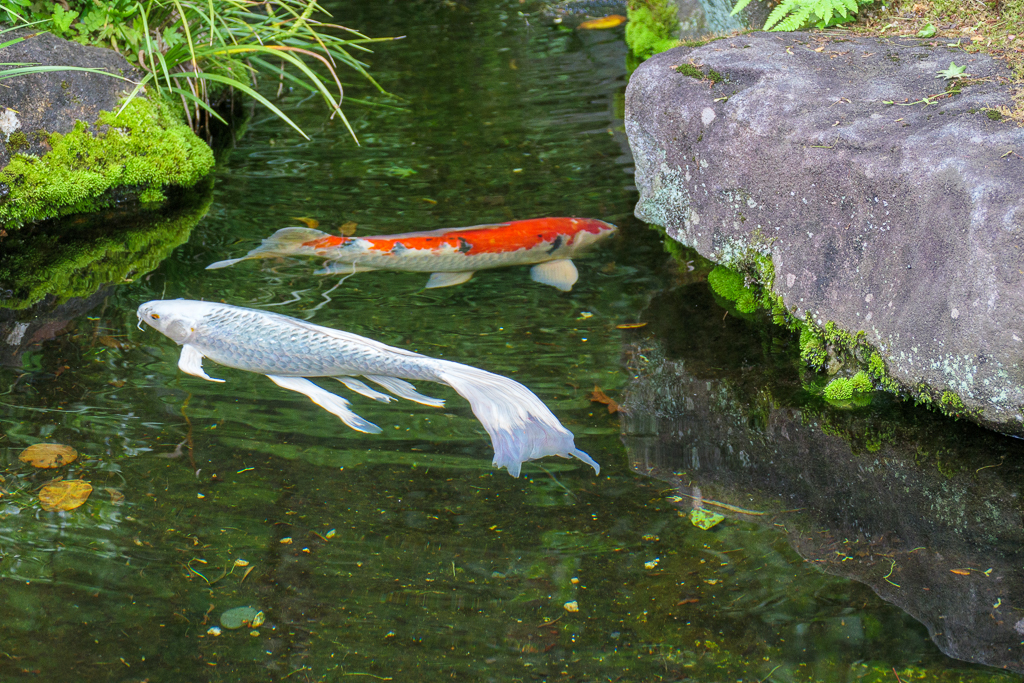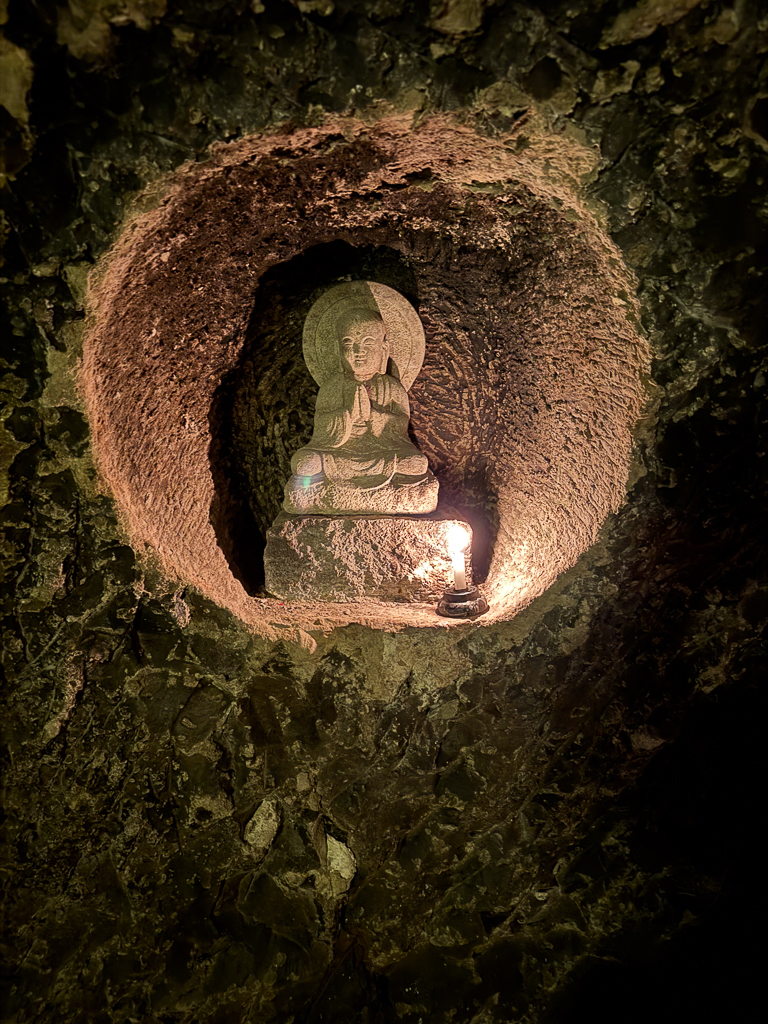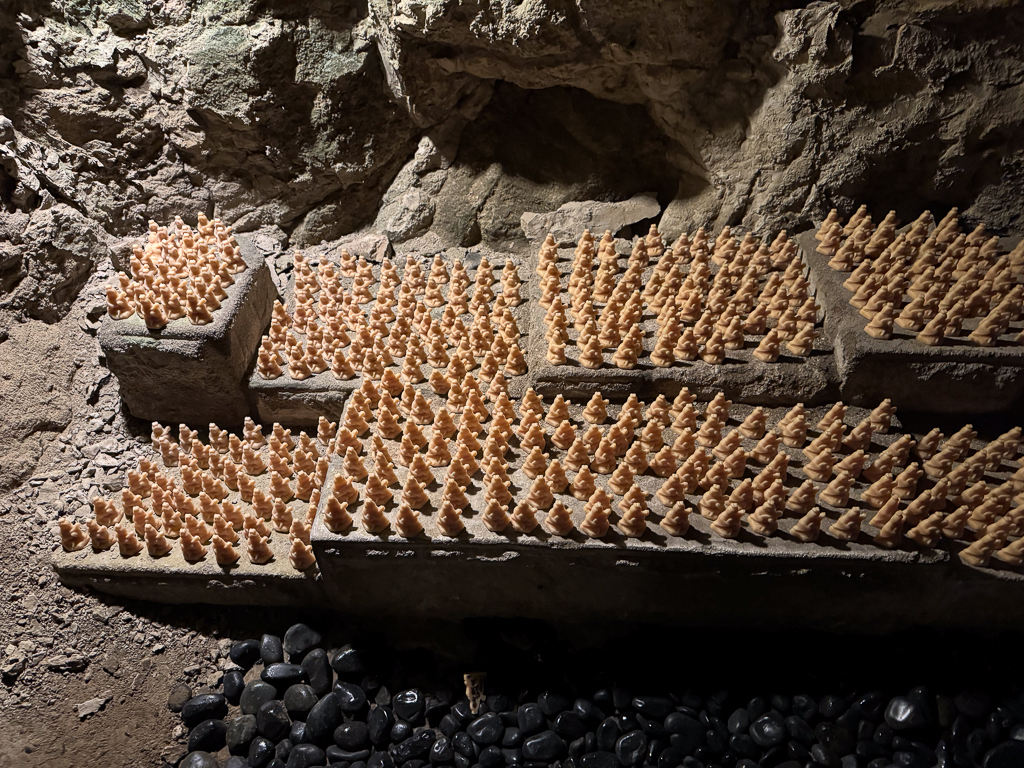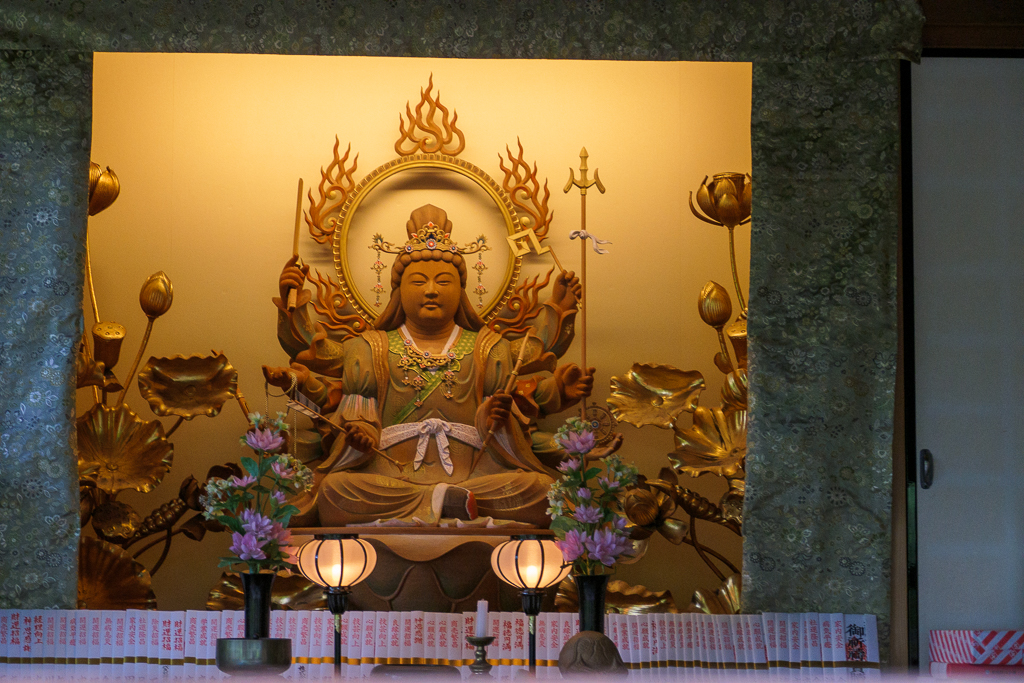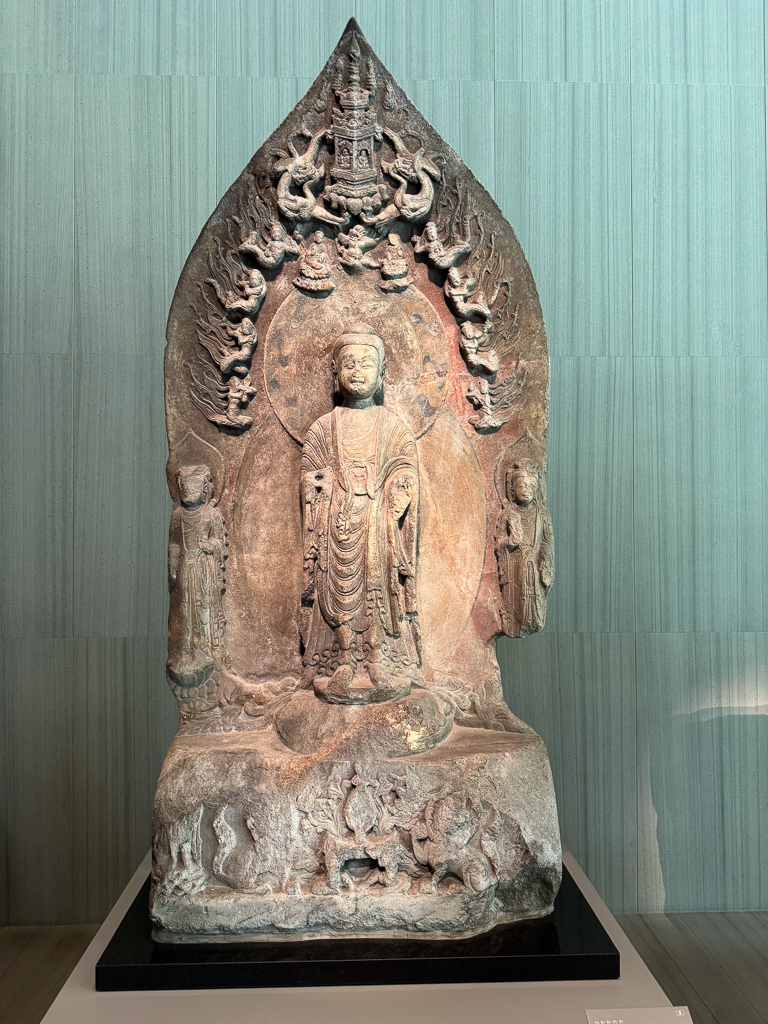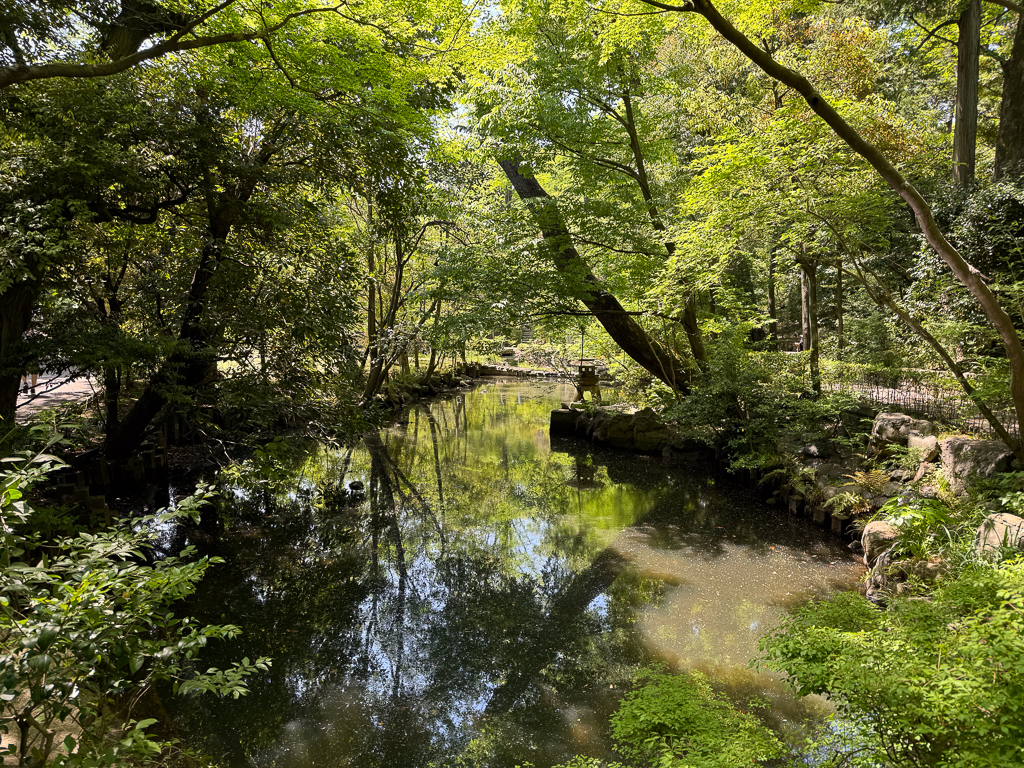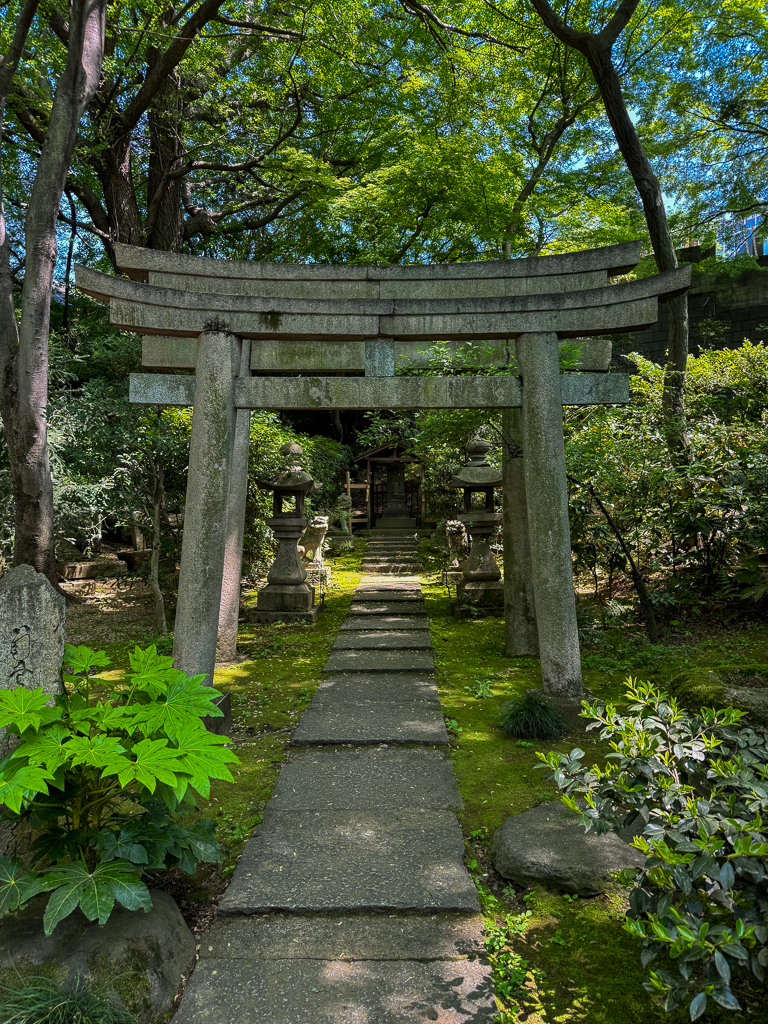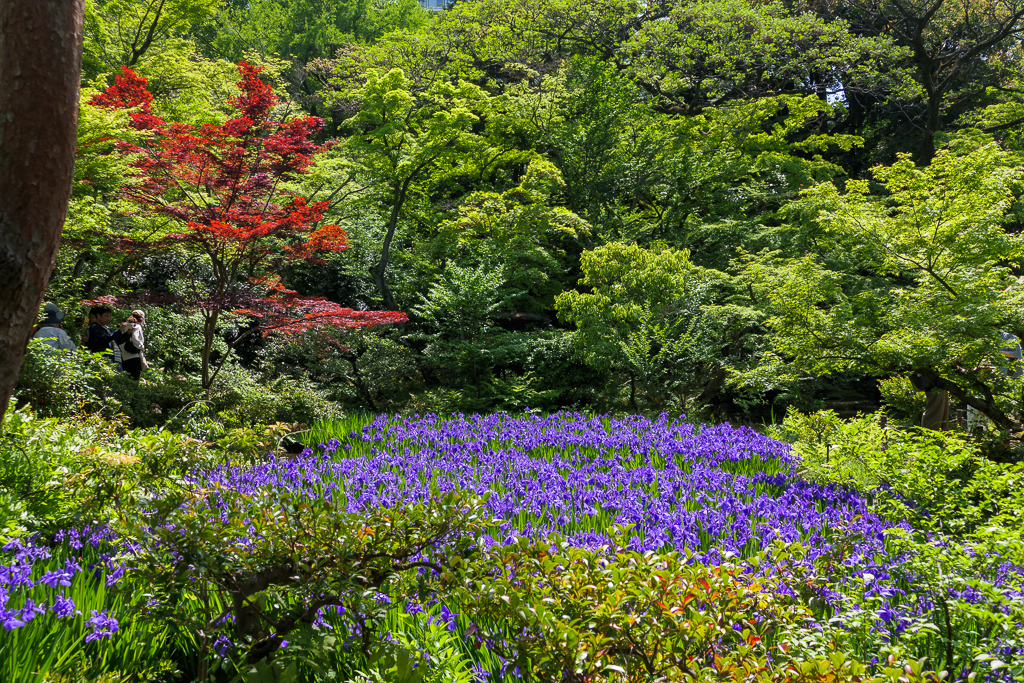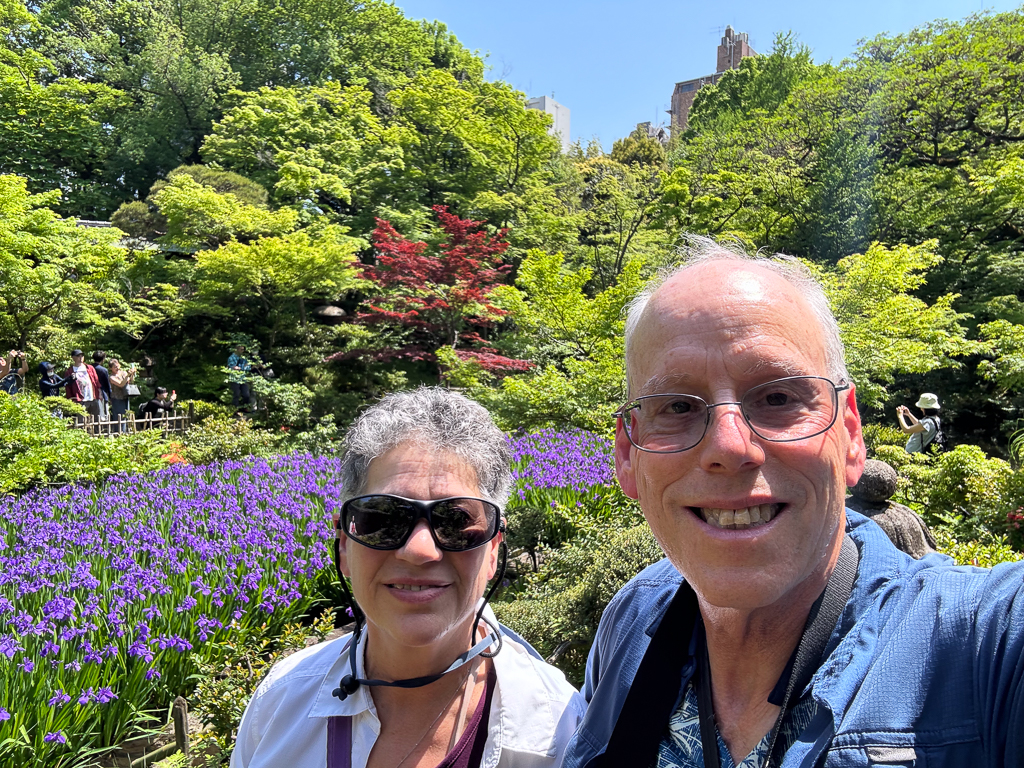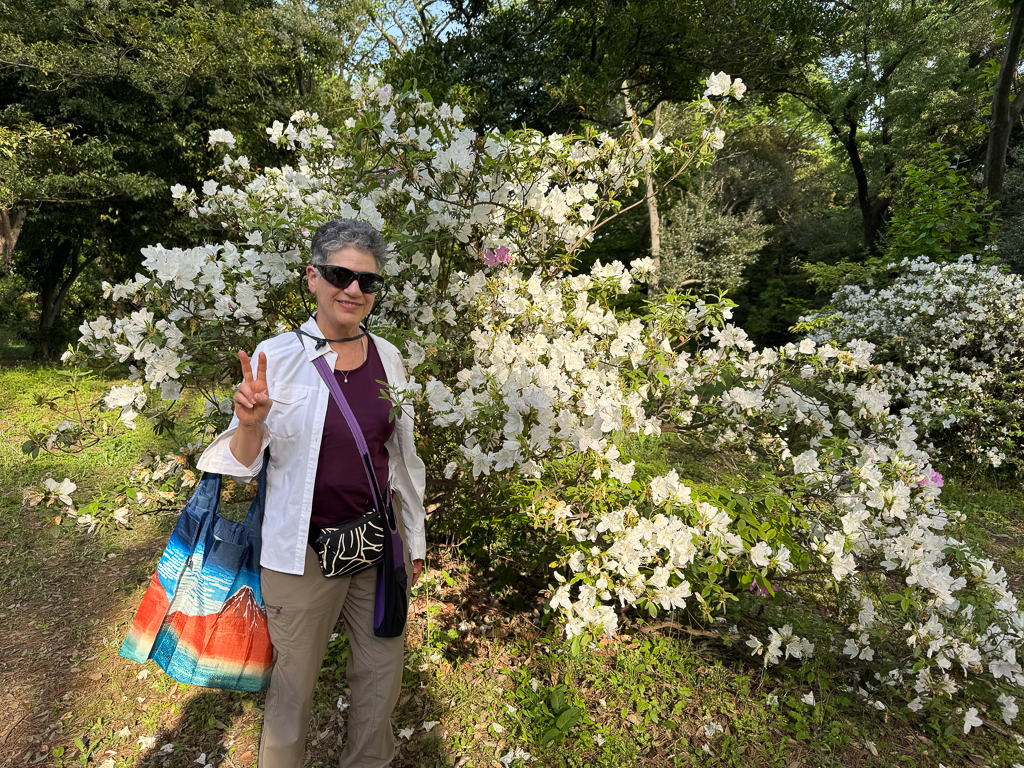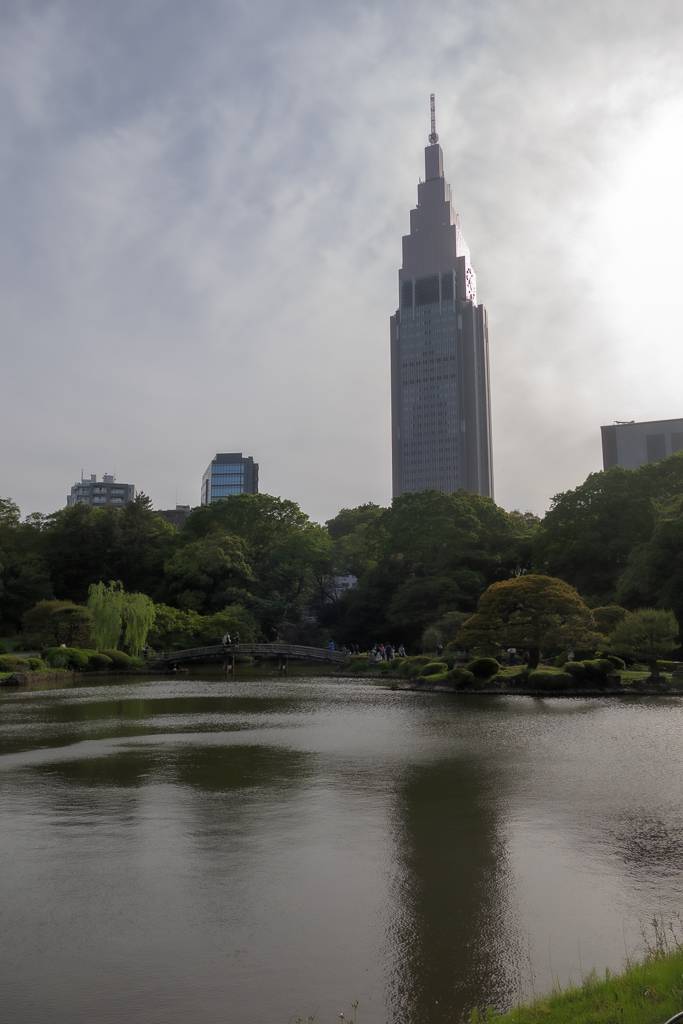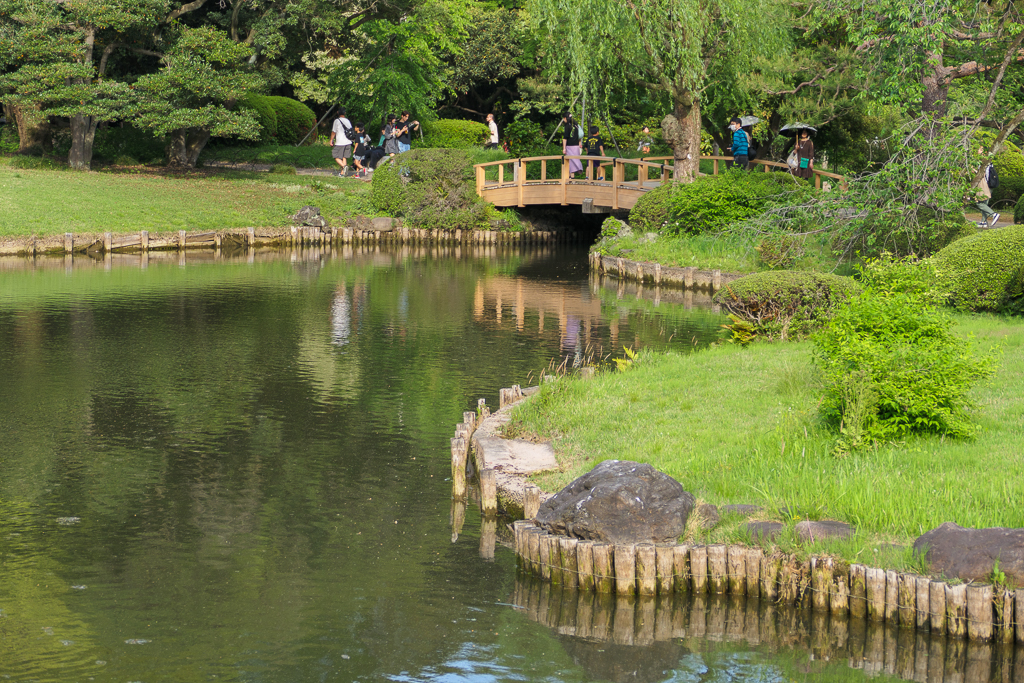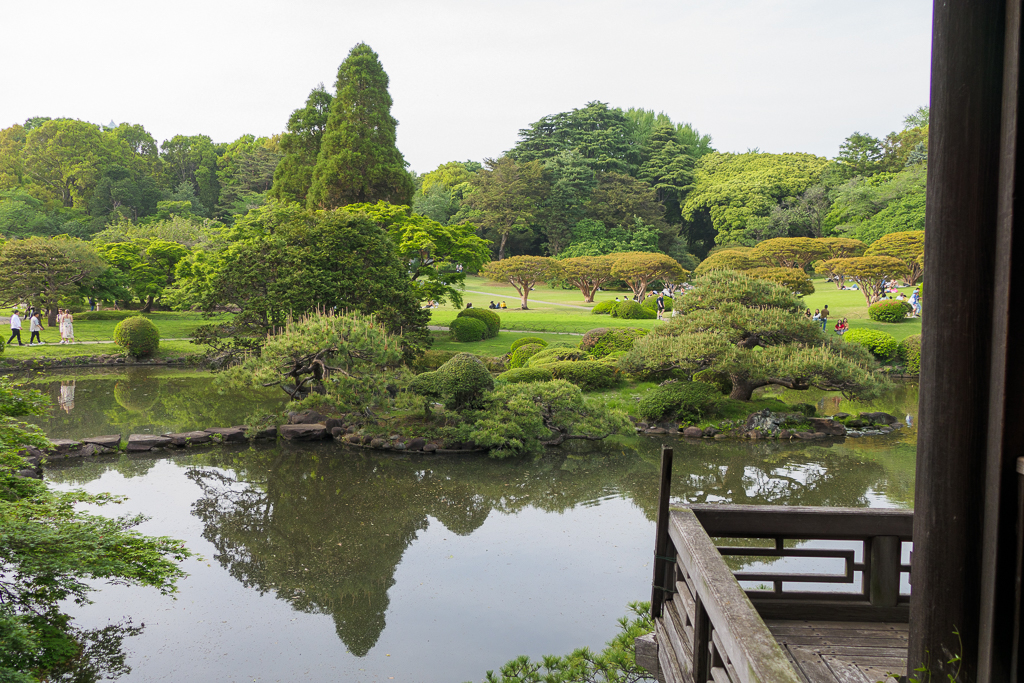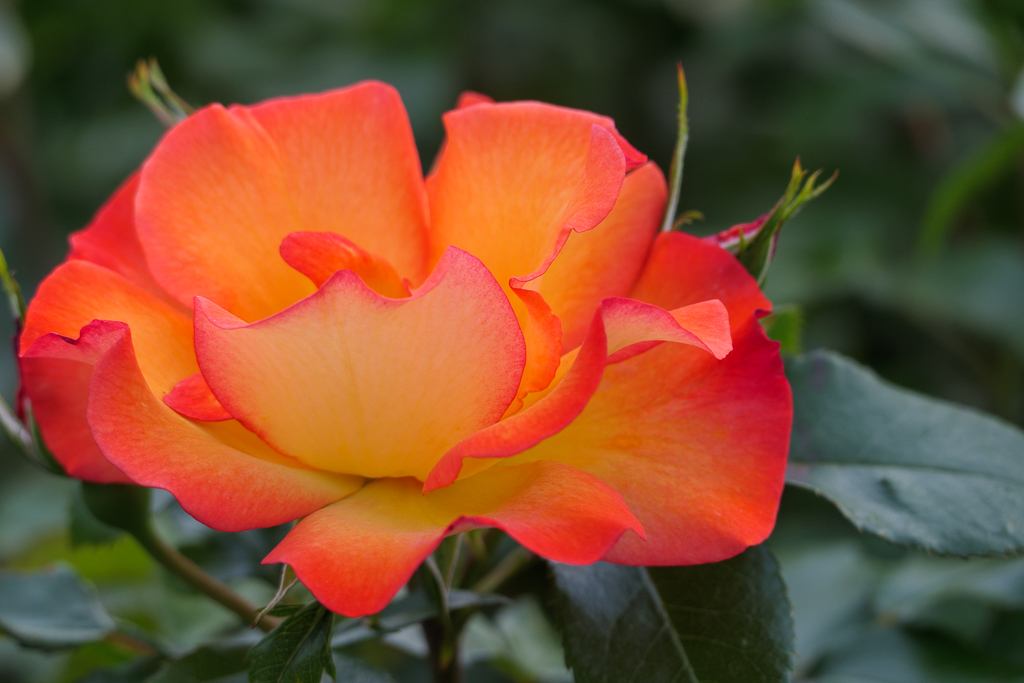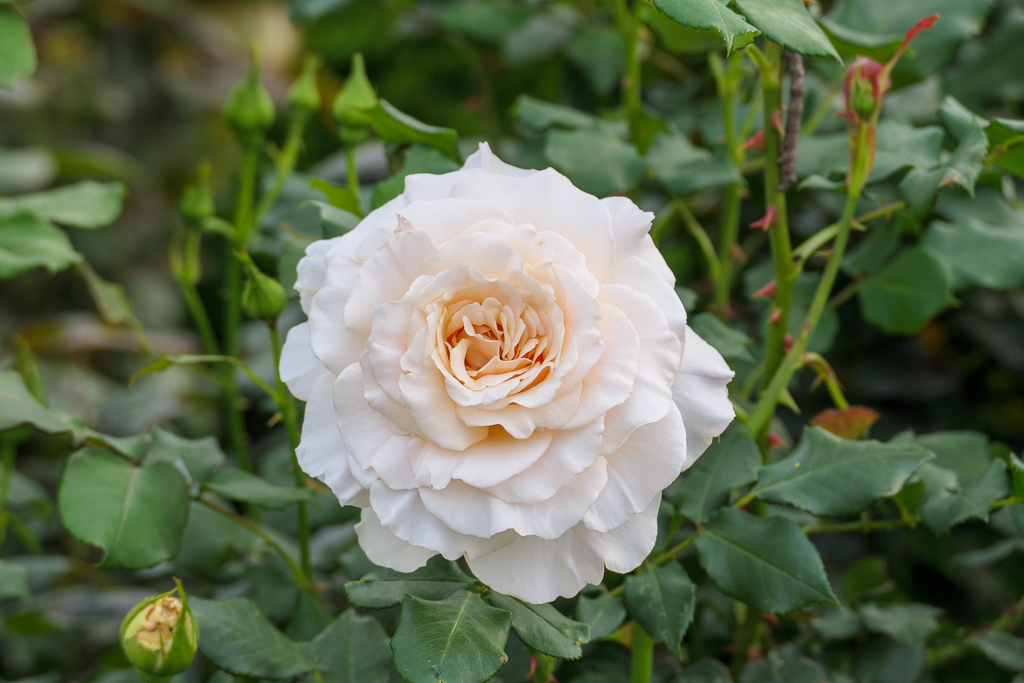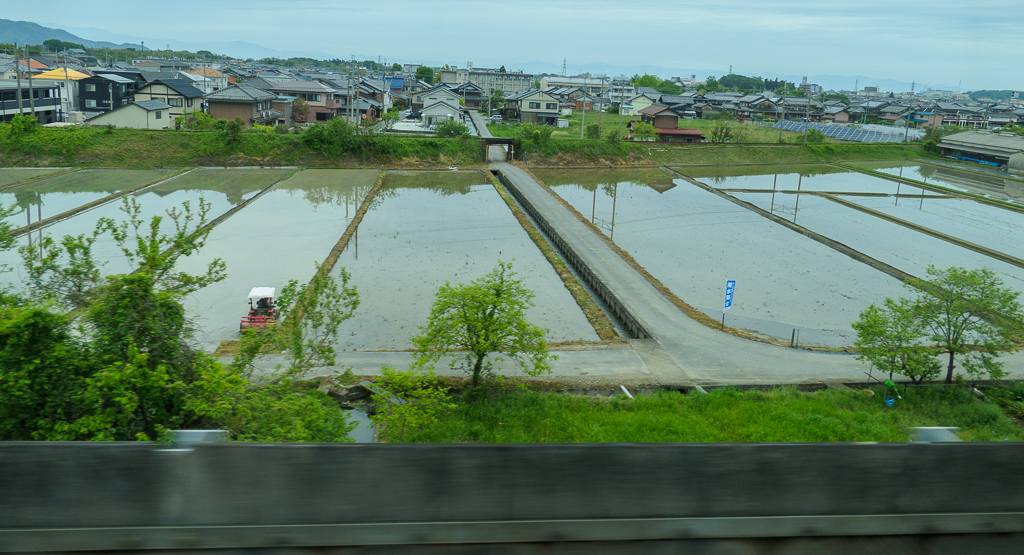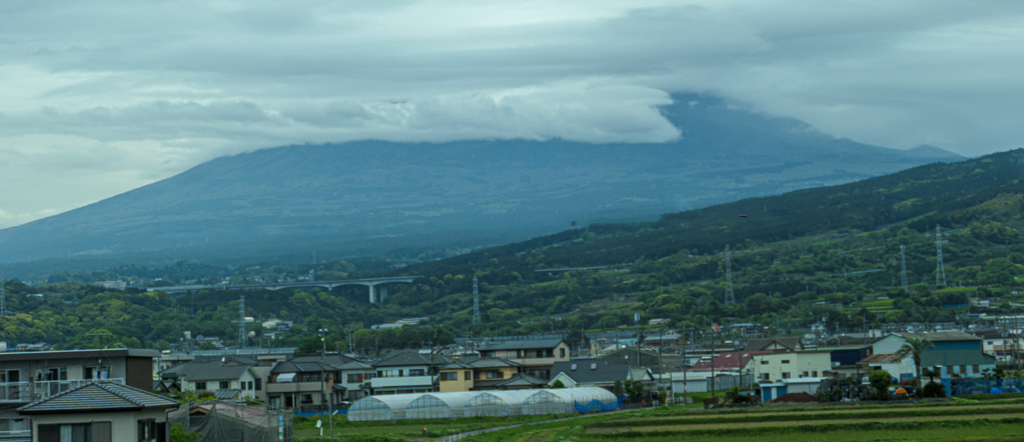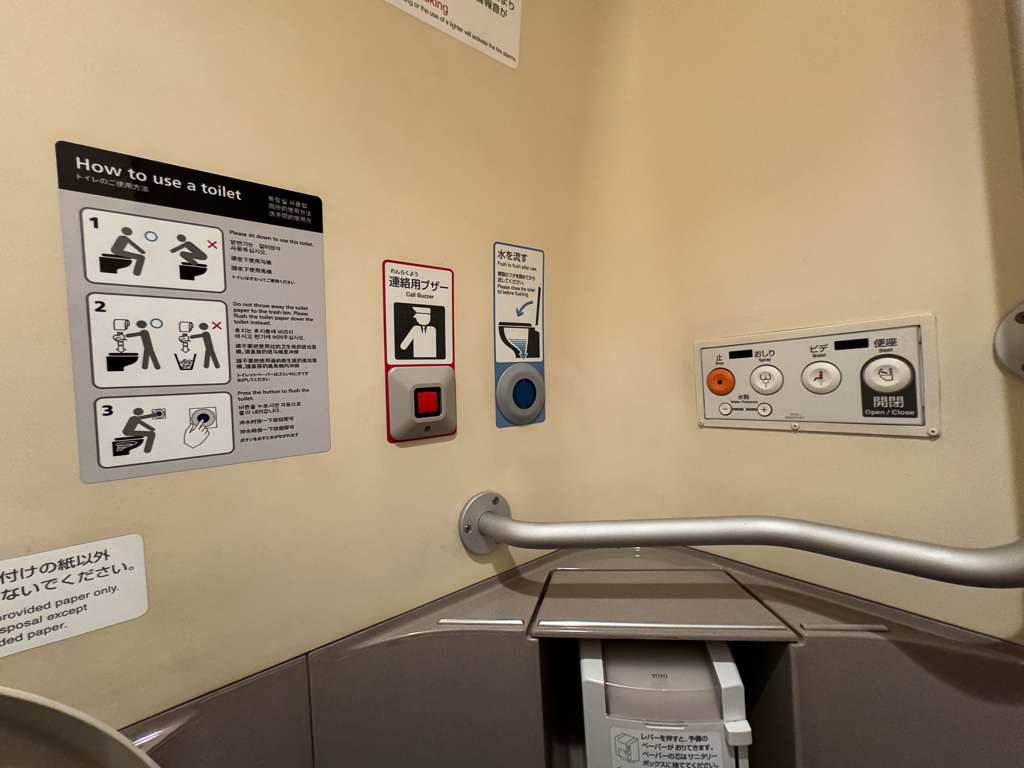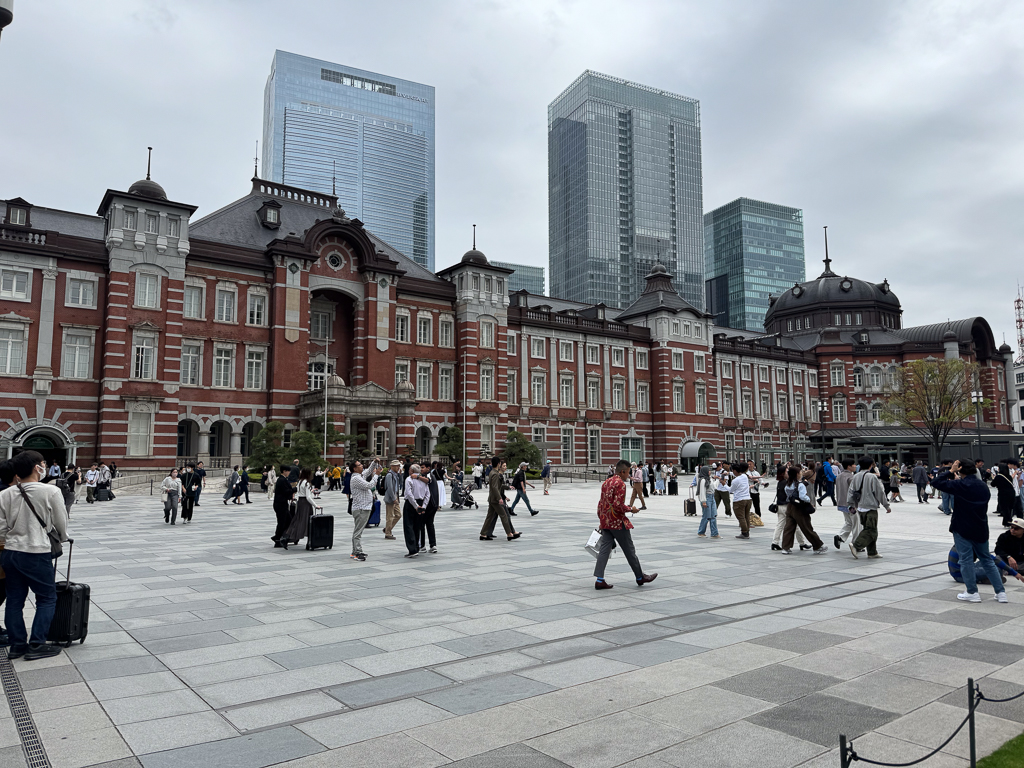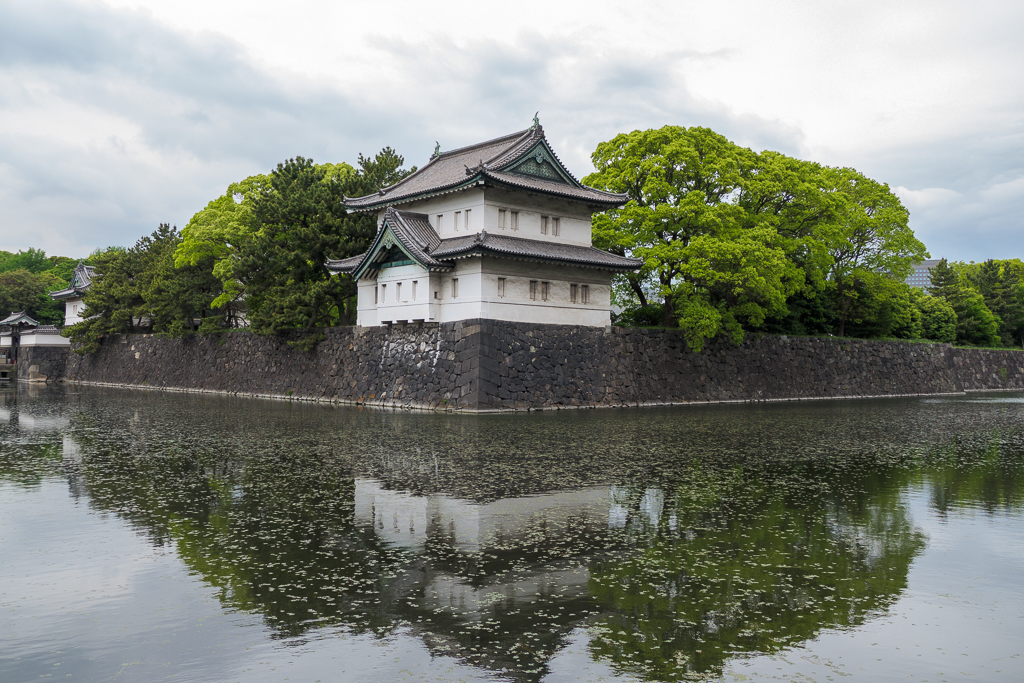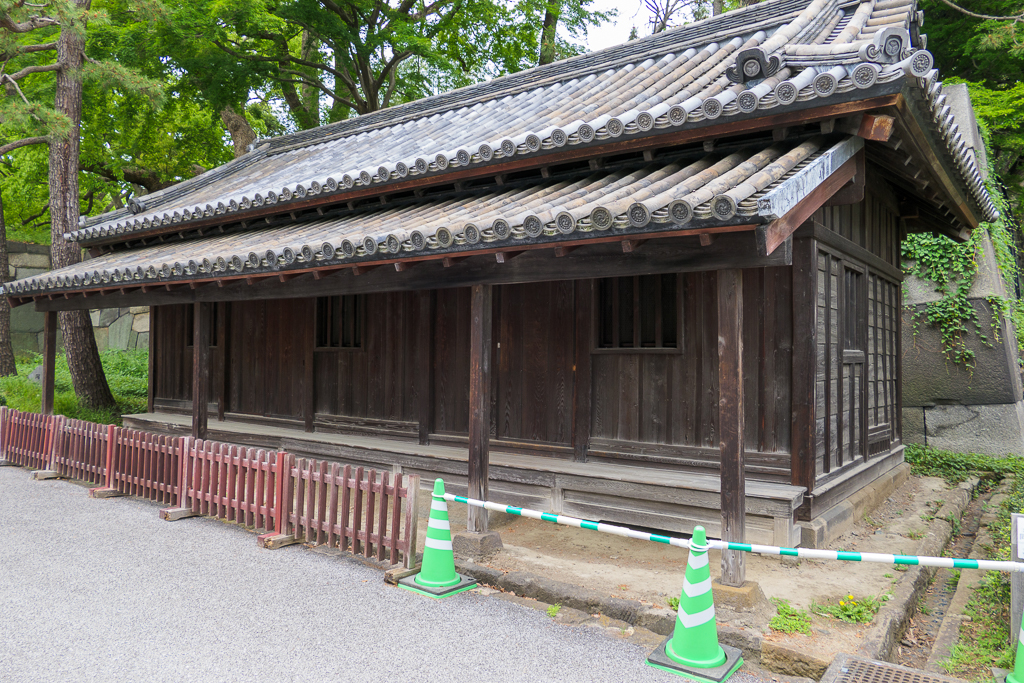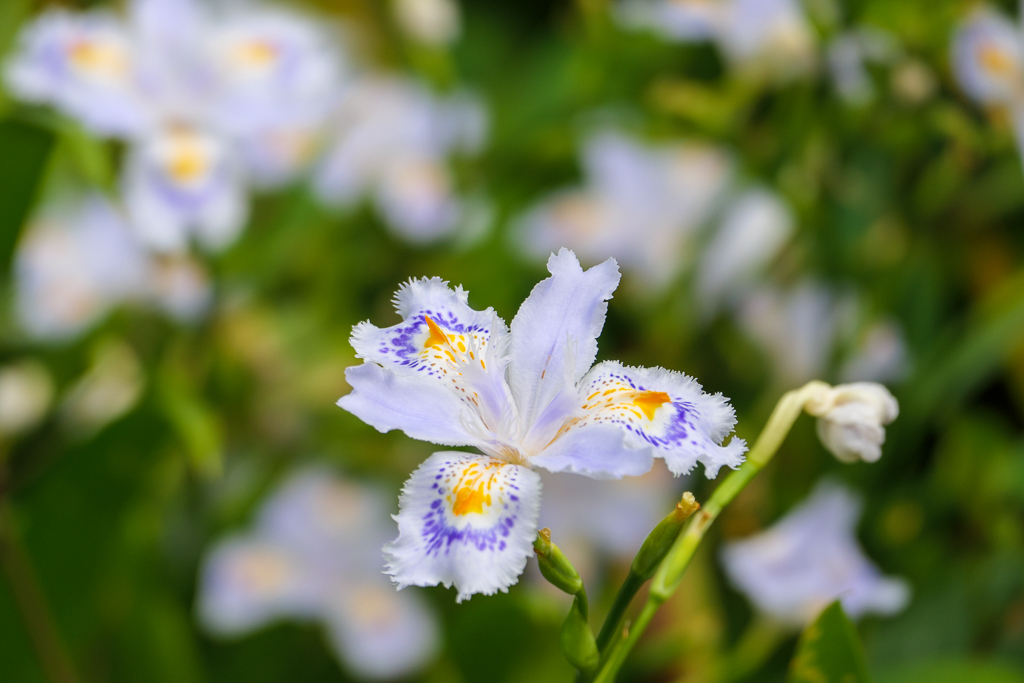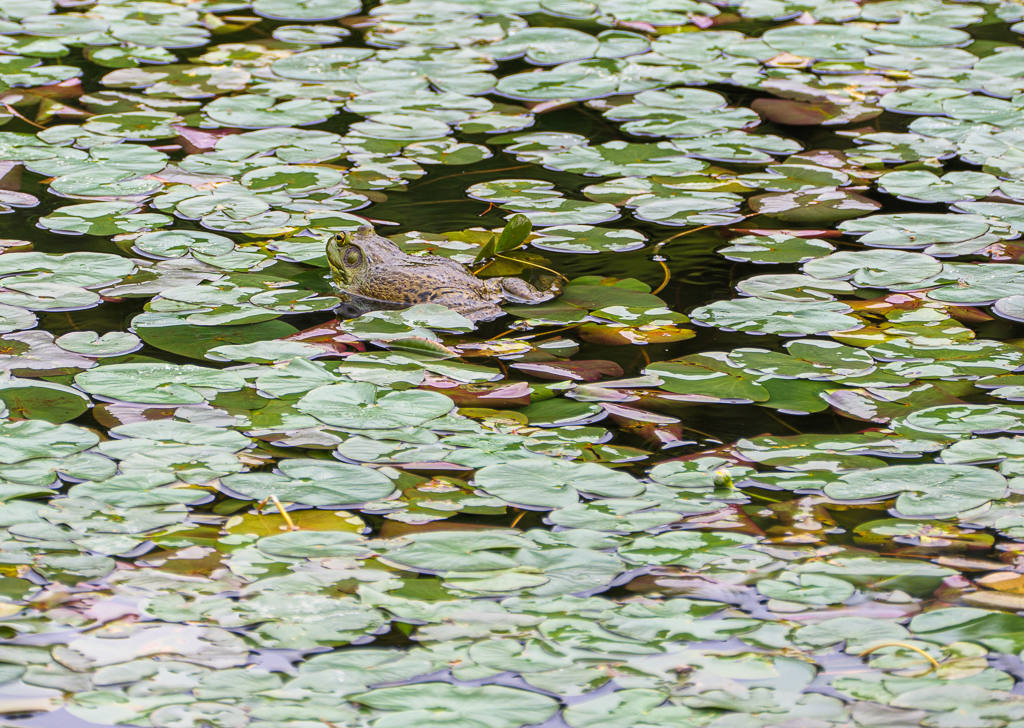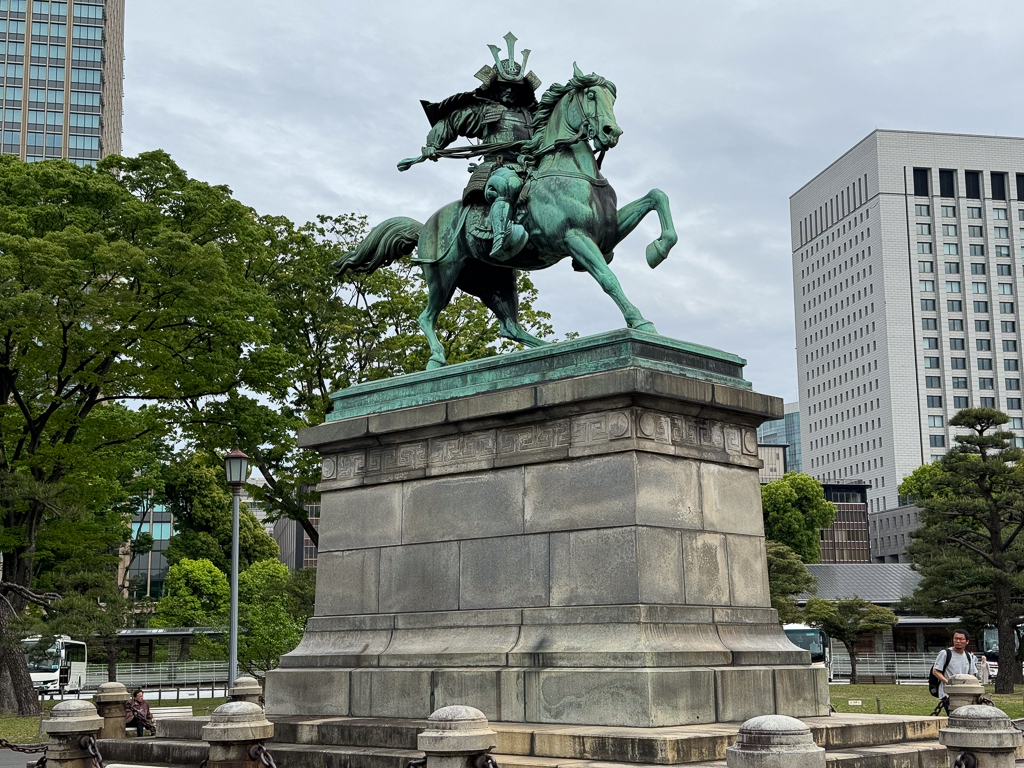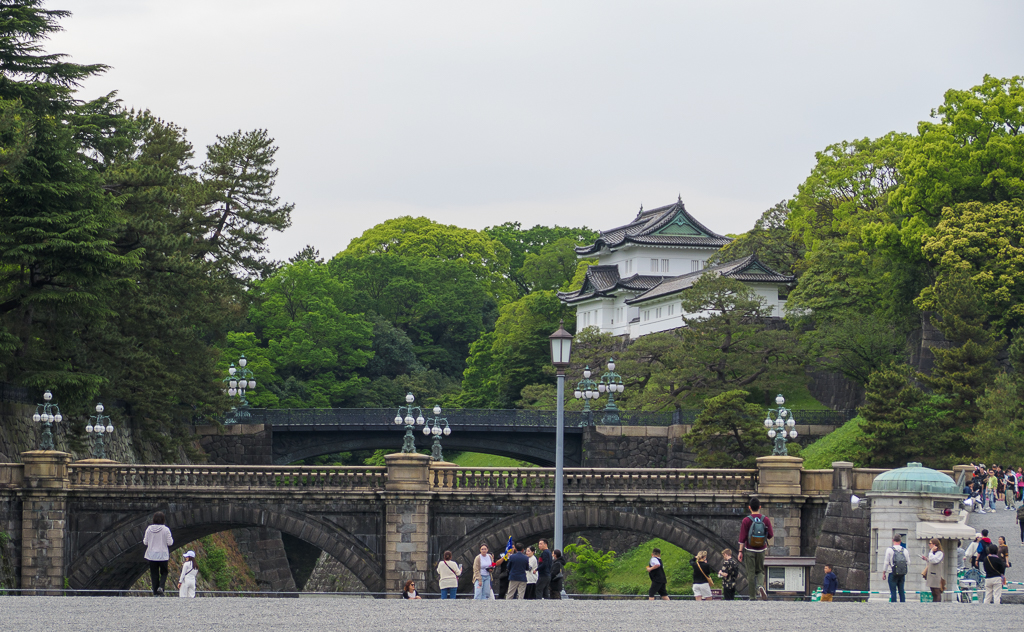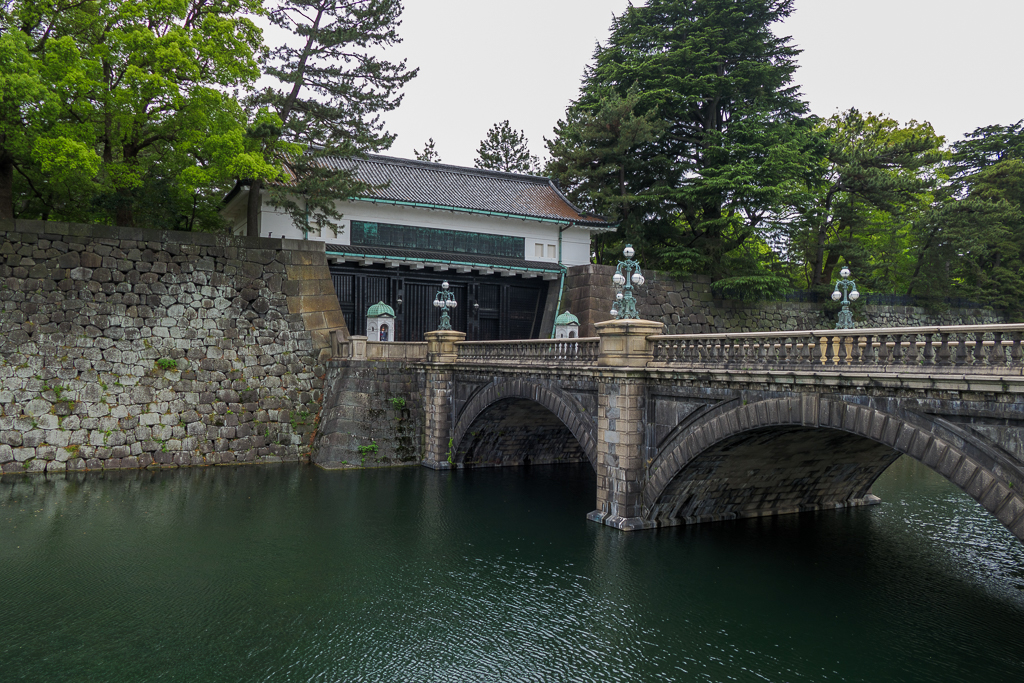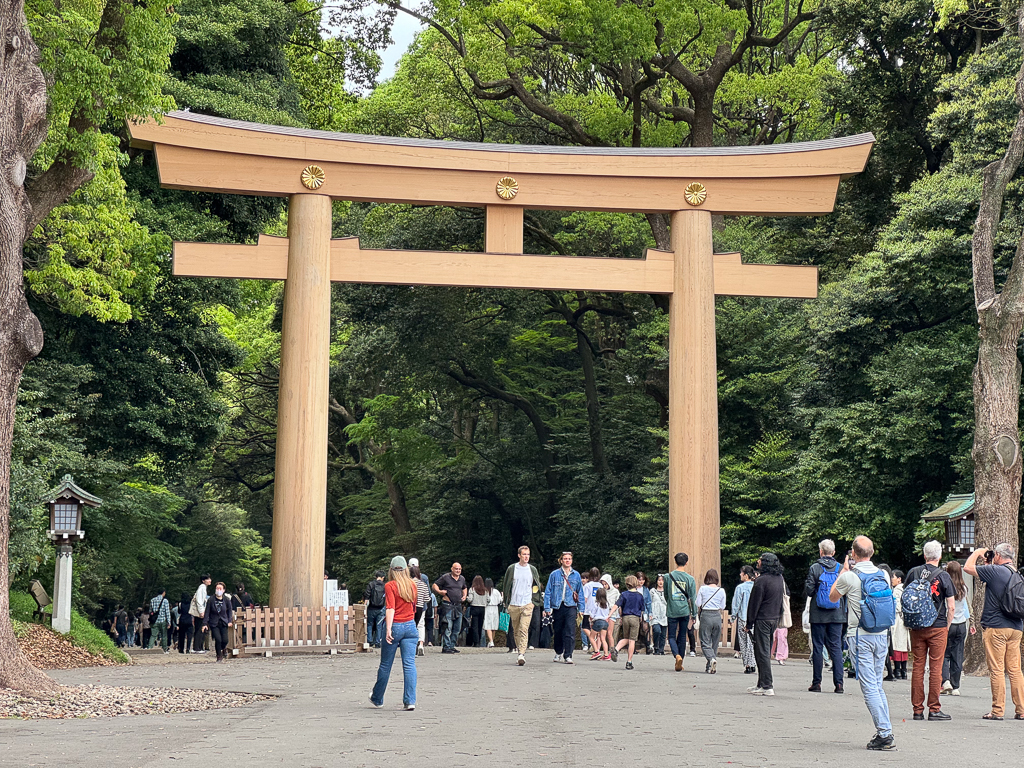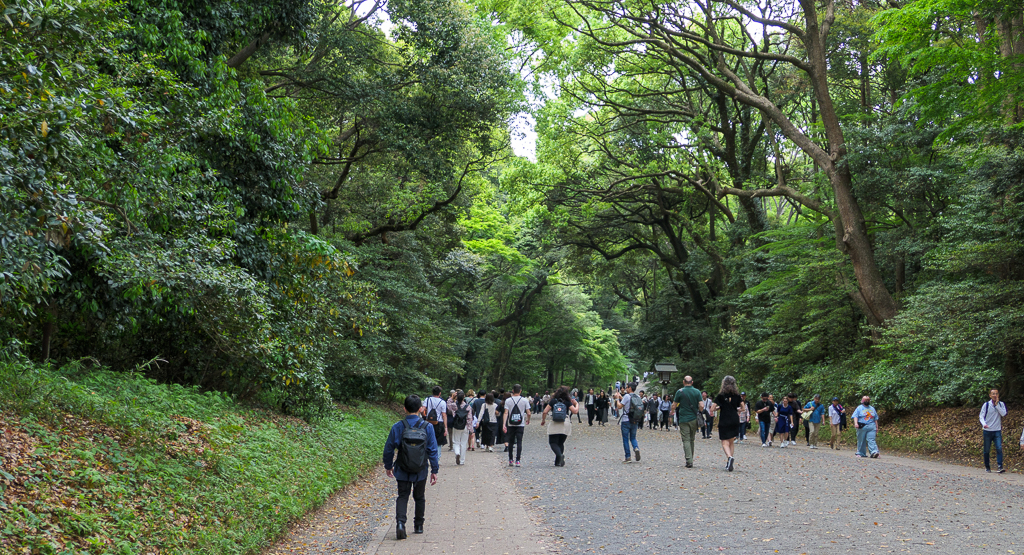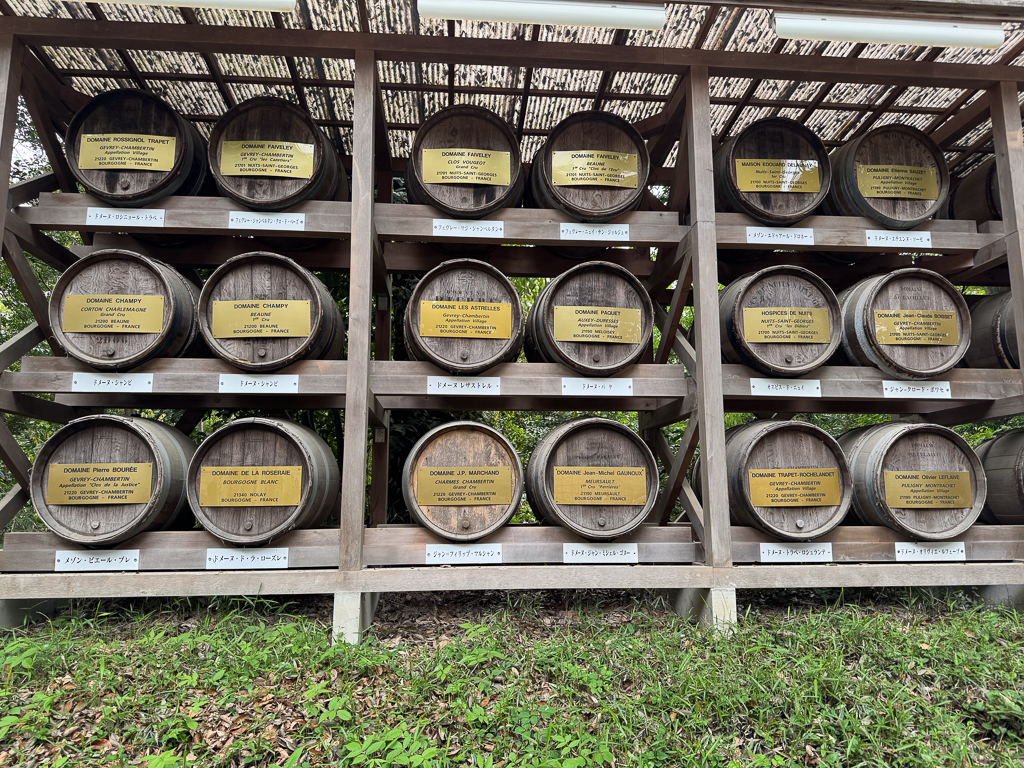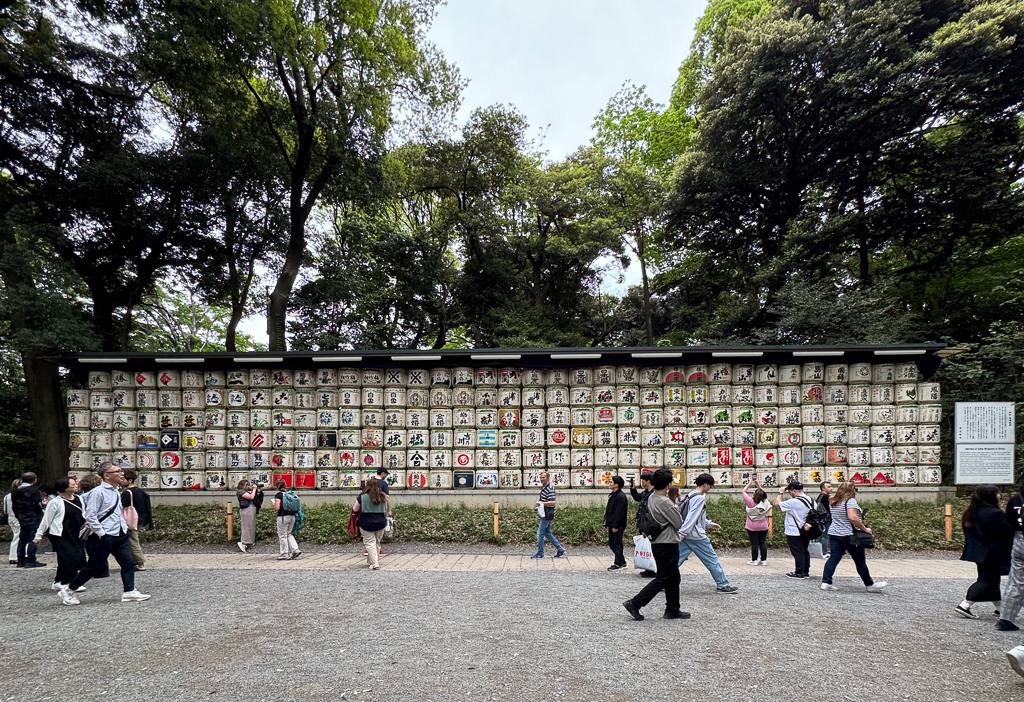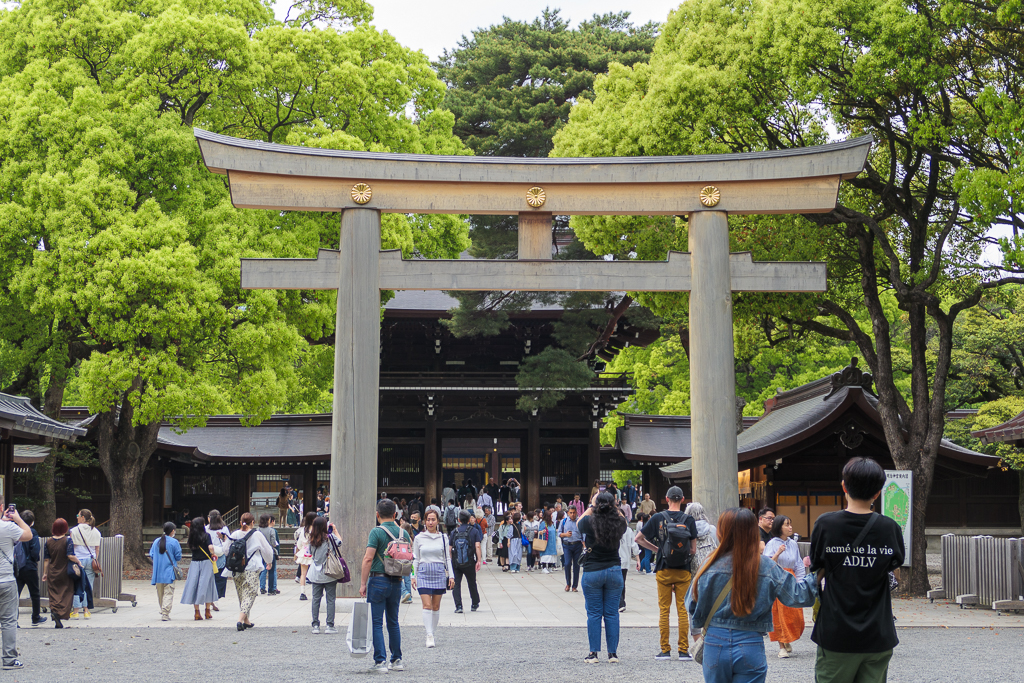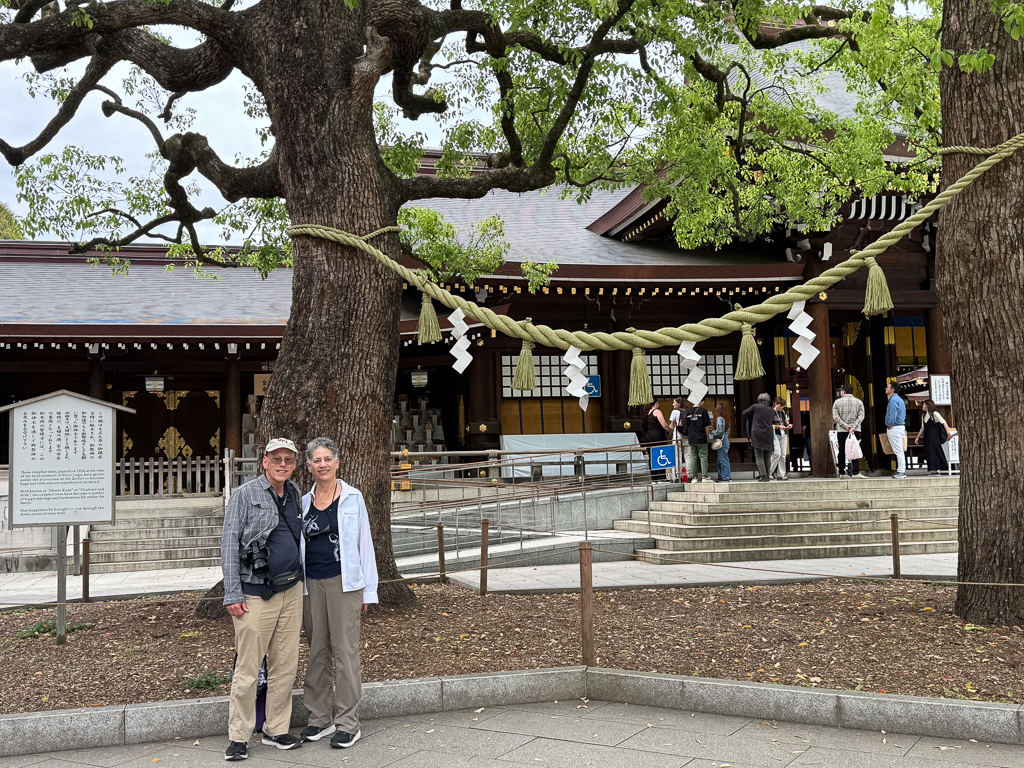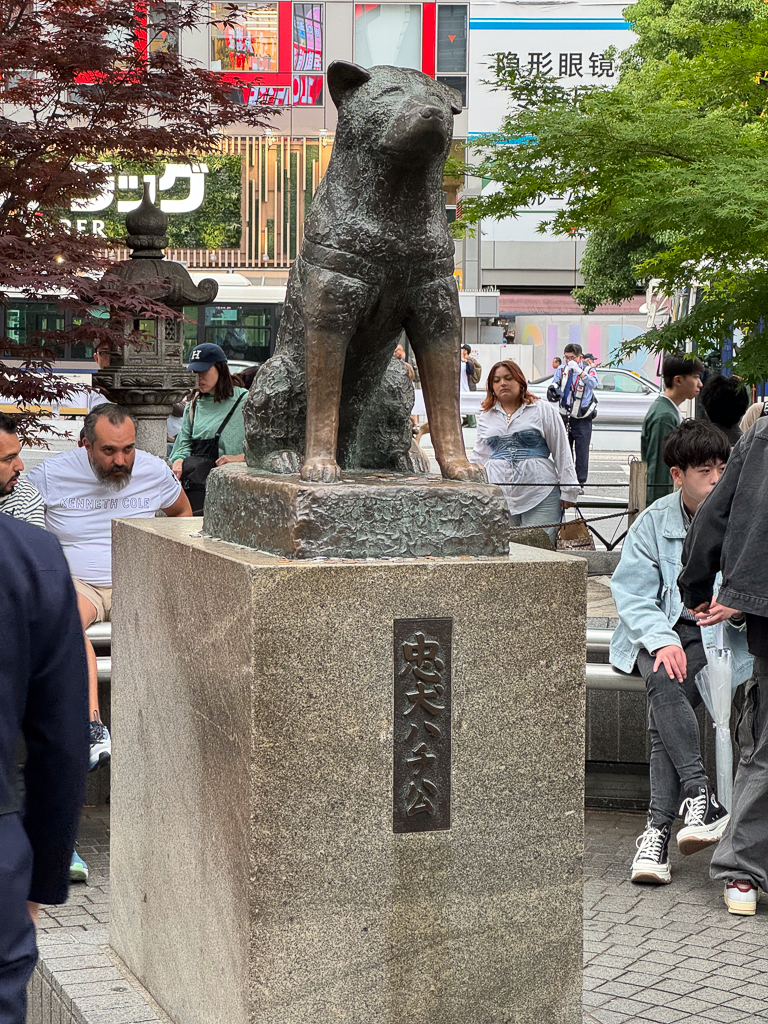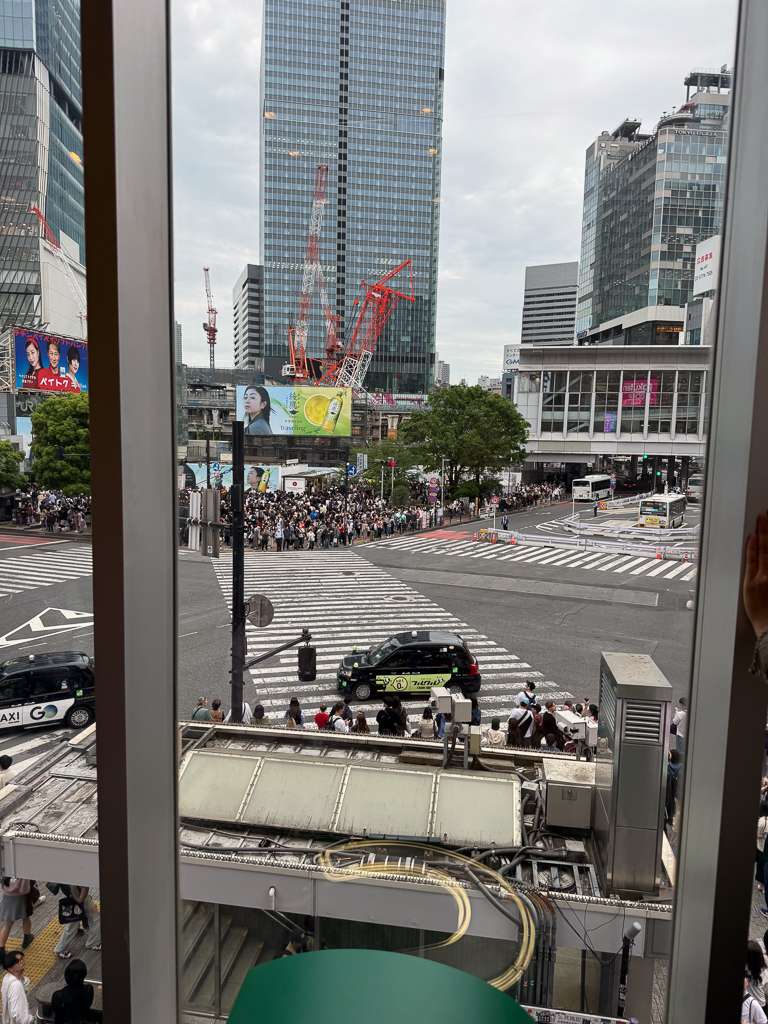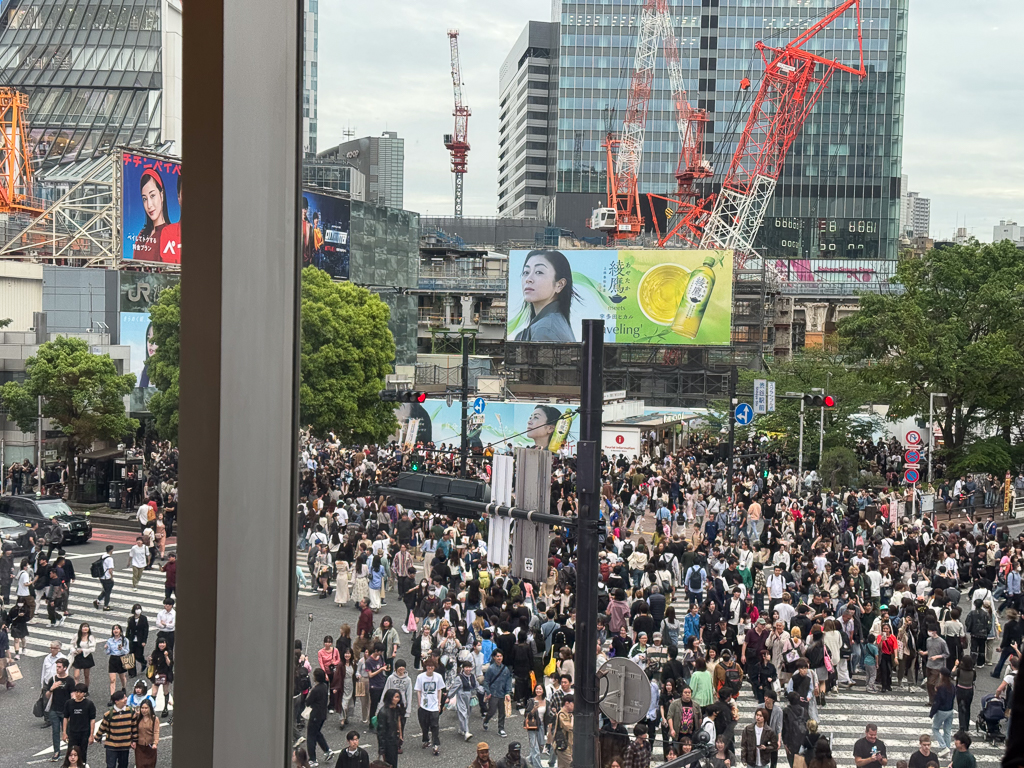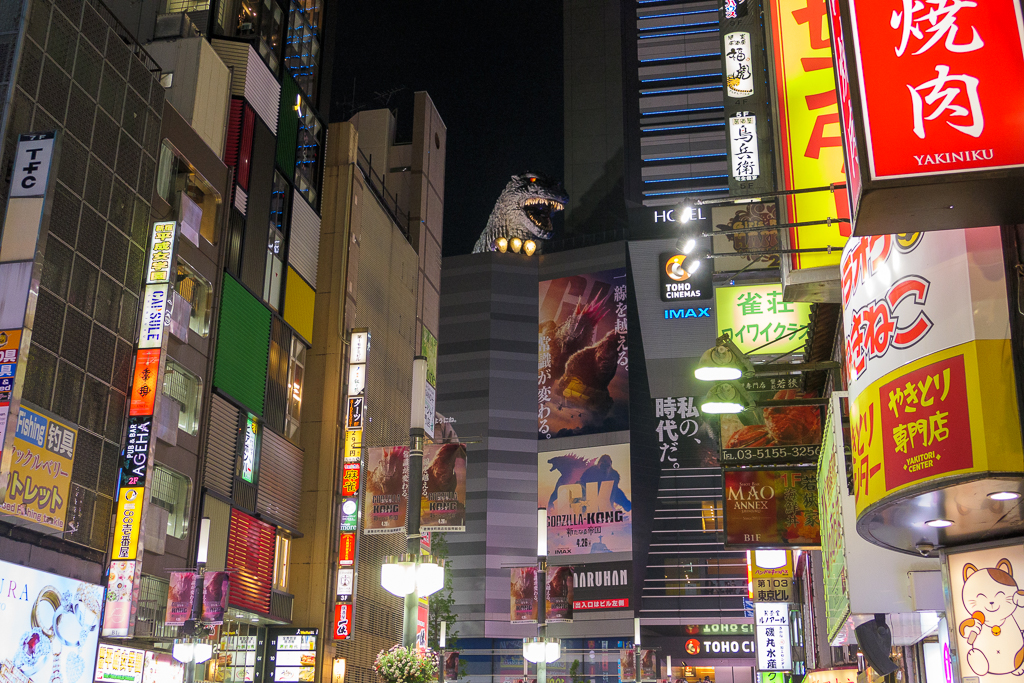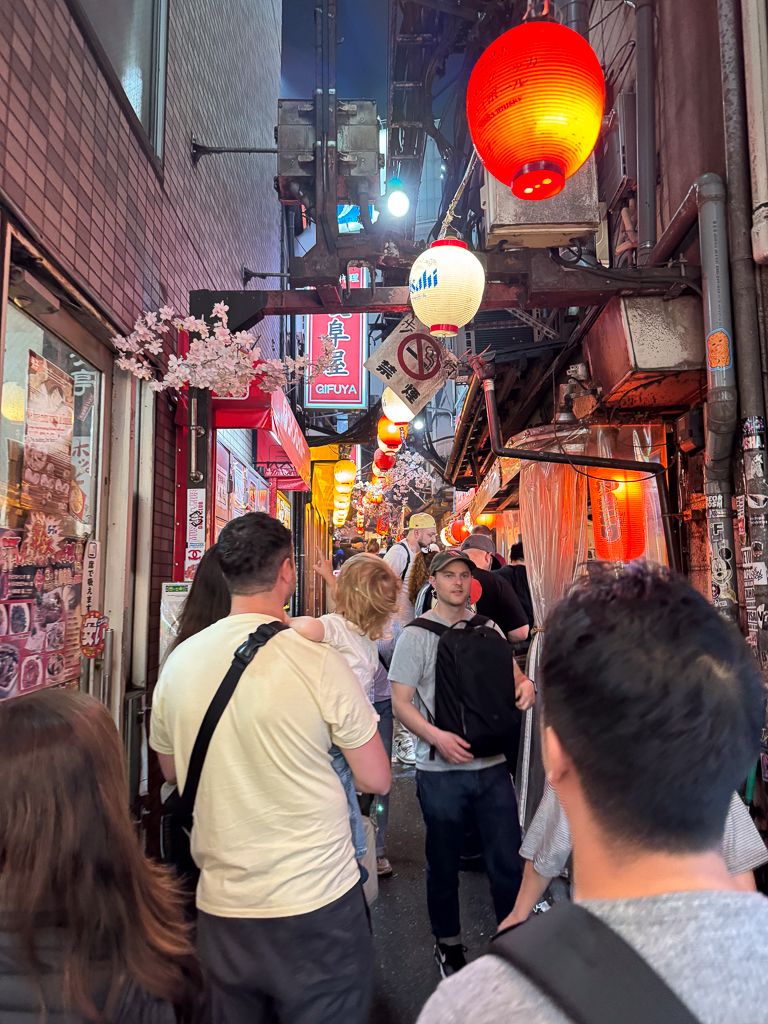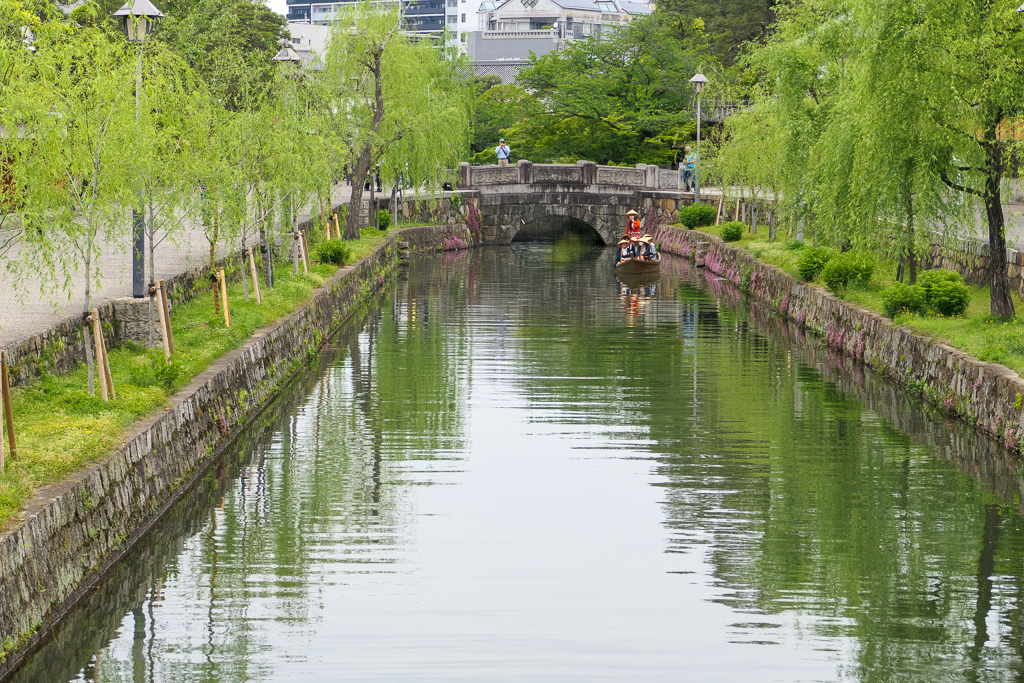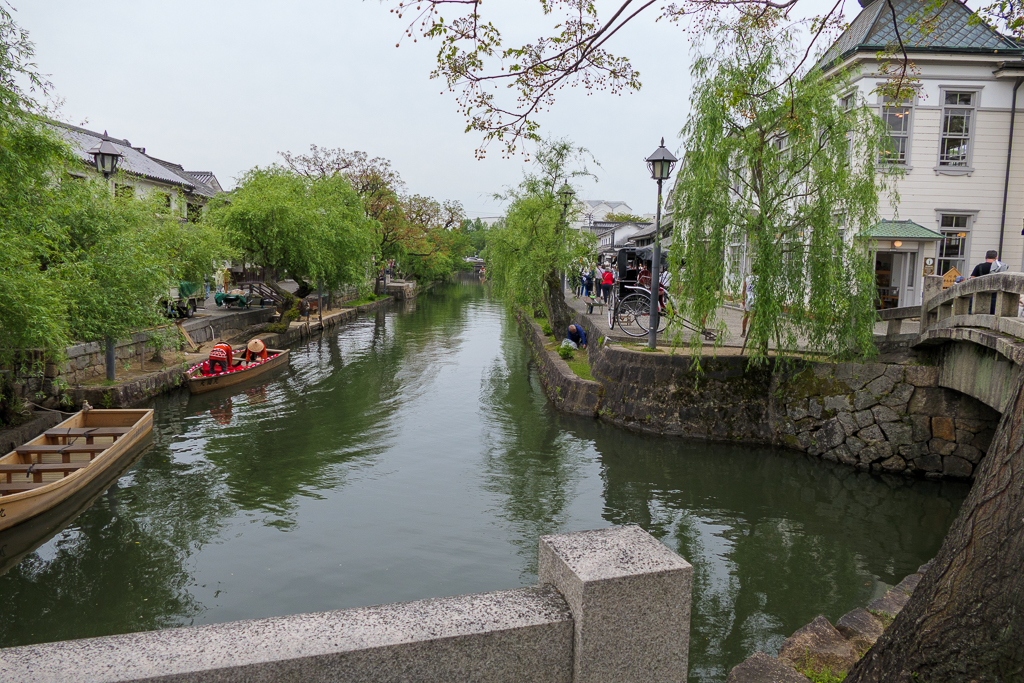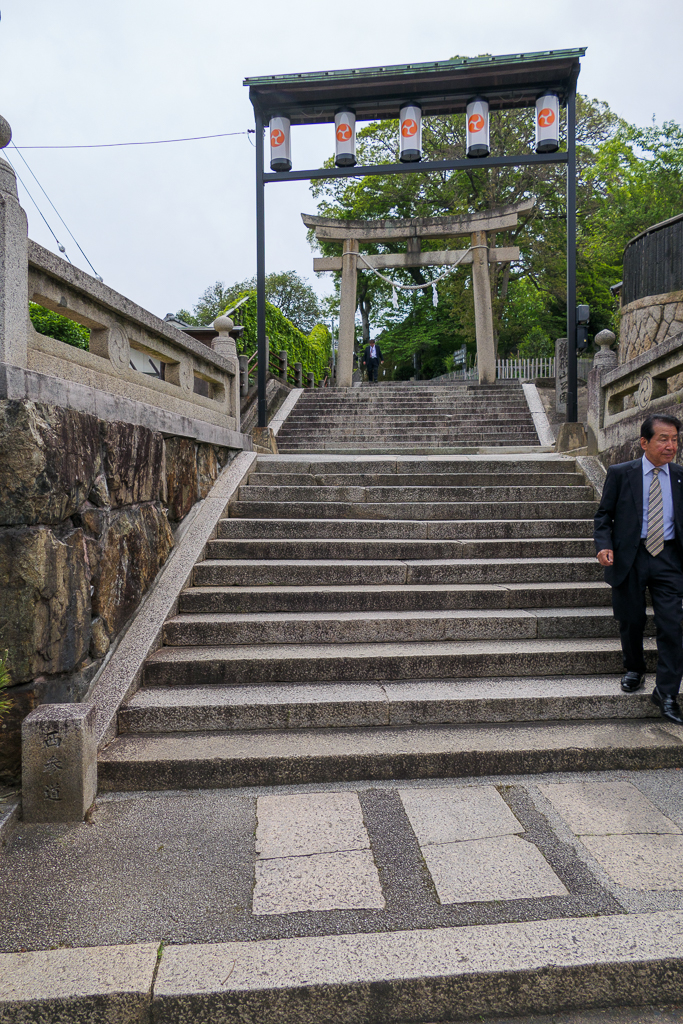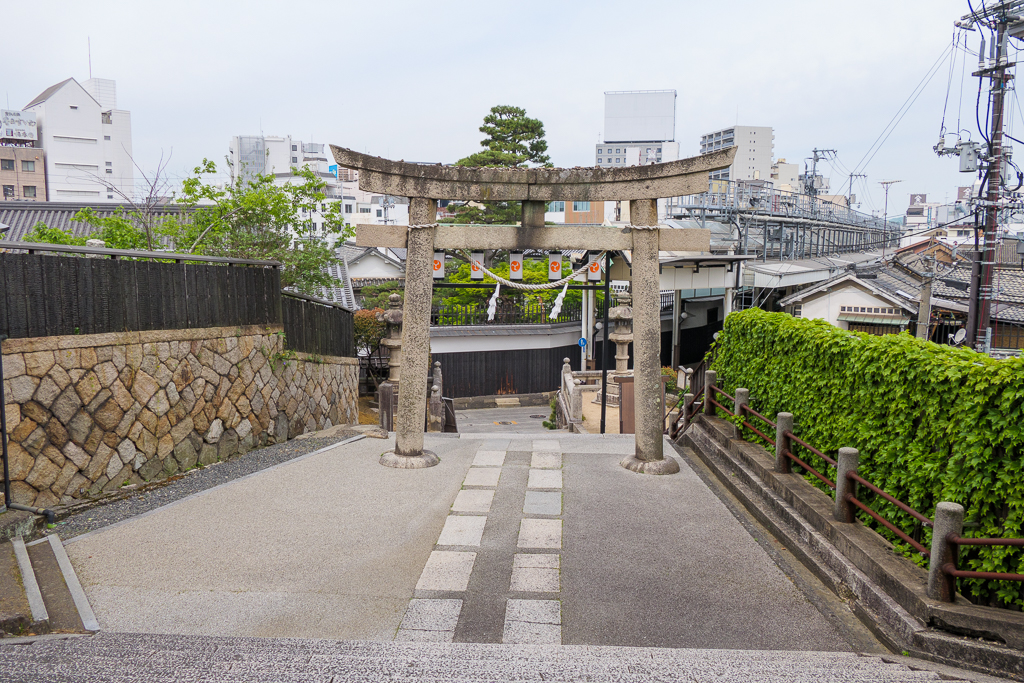We had a slow start this morning waiting for the weather to settle down; eventually, we hopped on the JK train to Ueno Park, as suggested by our guide yesterday. The park is loaded with museums, shrines, greenery, and other attractions; I’d been there briefly in 2004, mostly to admire the cherry blossoms and the thousands of people enjoying them.
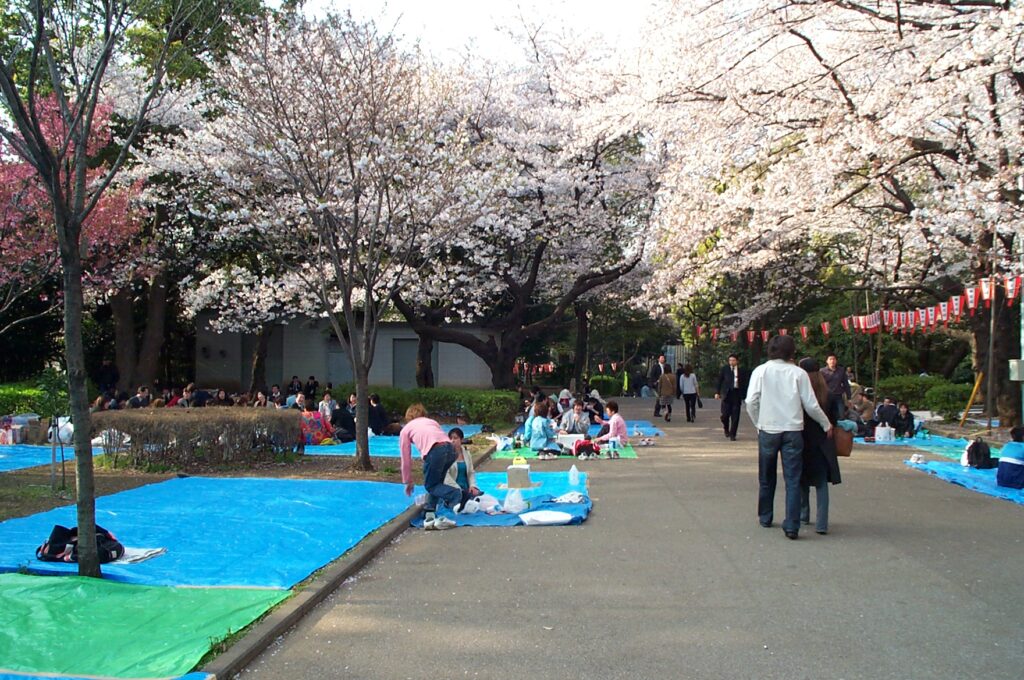
There were no cherry blossoms today, and the park was far emptier than it had been twenty years ago, but it was still a fine way to spend the day, beginning with a visit to the 45th Anniversary Spring Peony Exhibition in the Ueno Toshogu Peony Garden; the garden isn’t entirely taken up by peonies, but they certainly caught my eye!

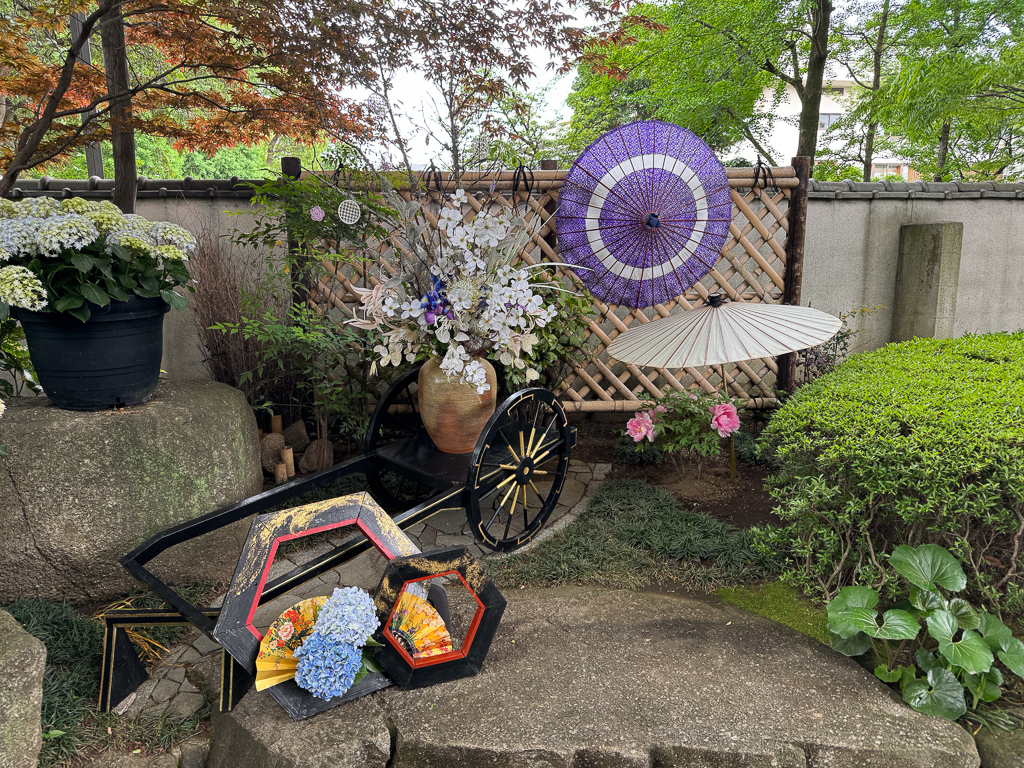
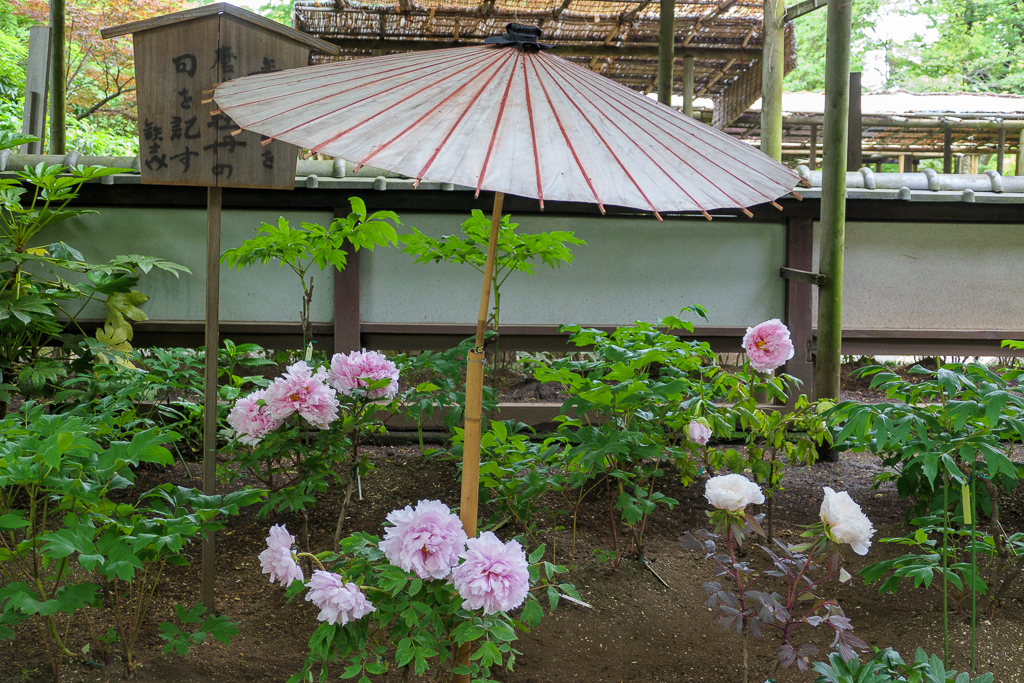
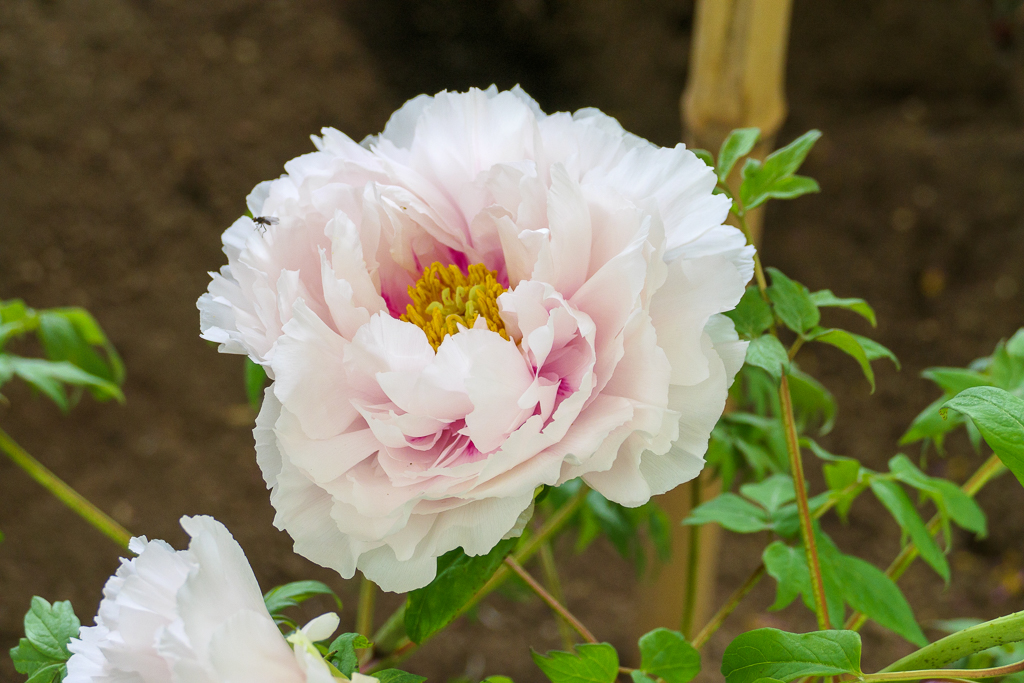
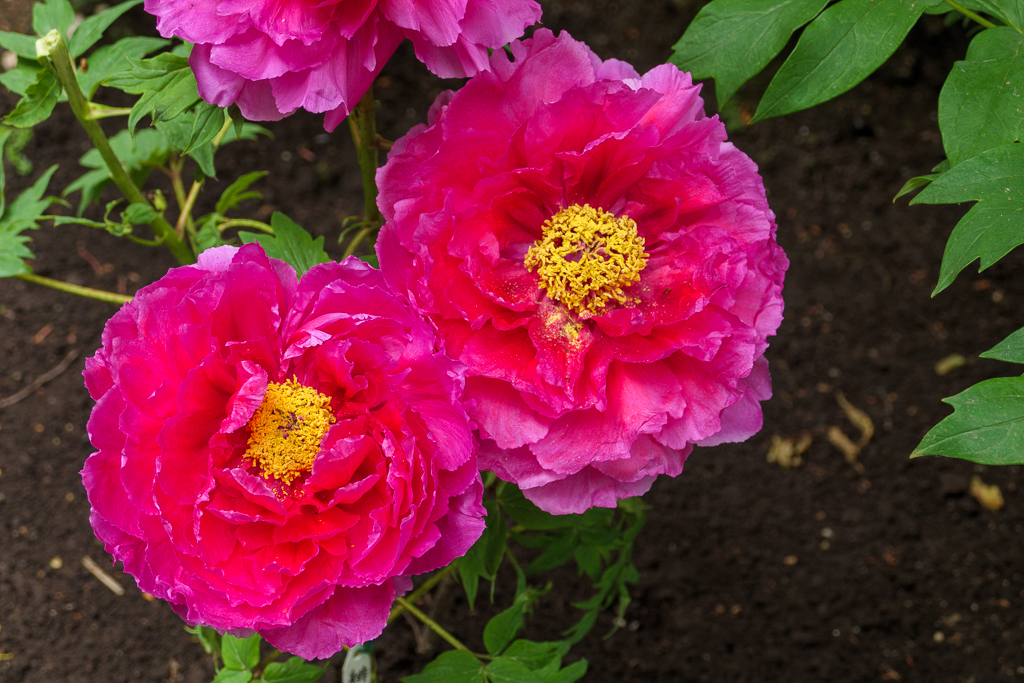
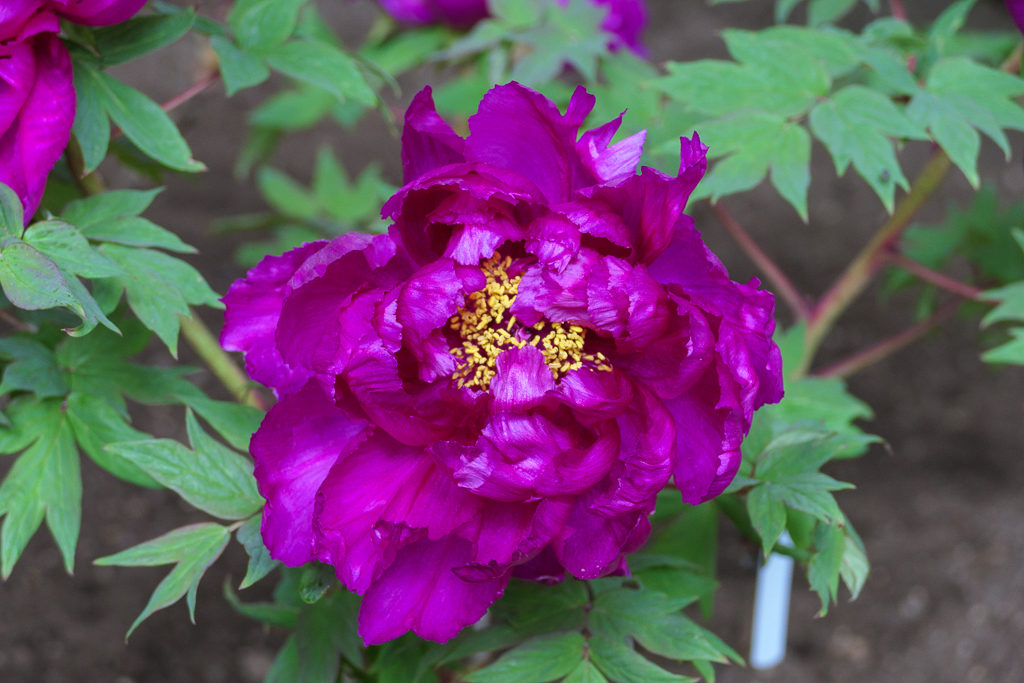
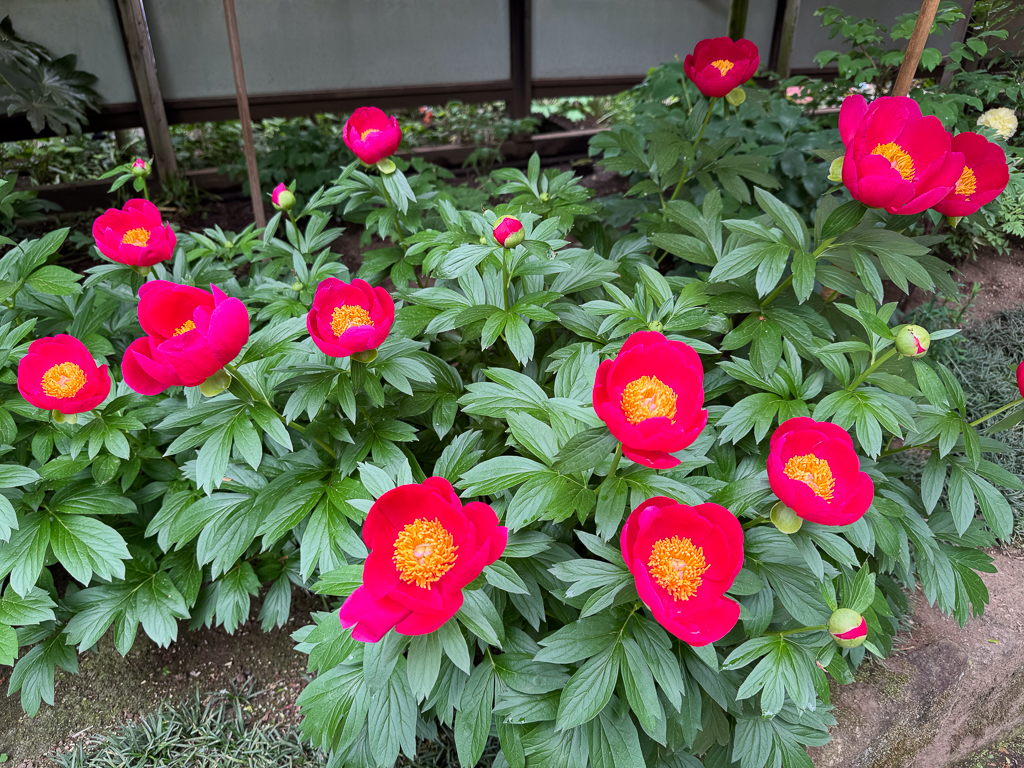

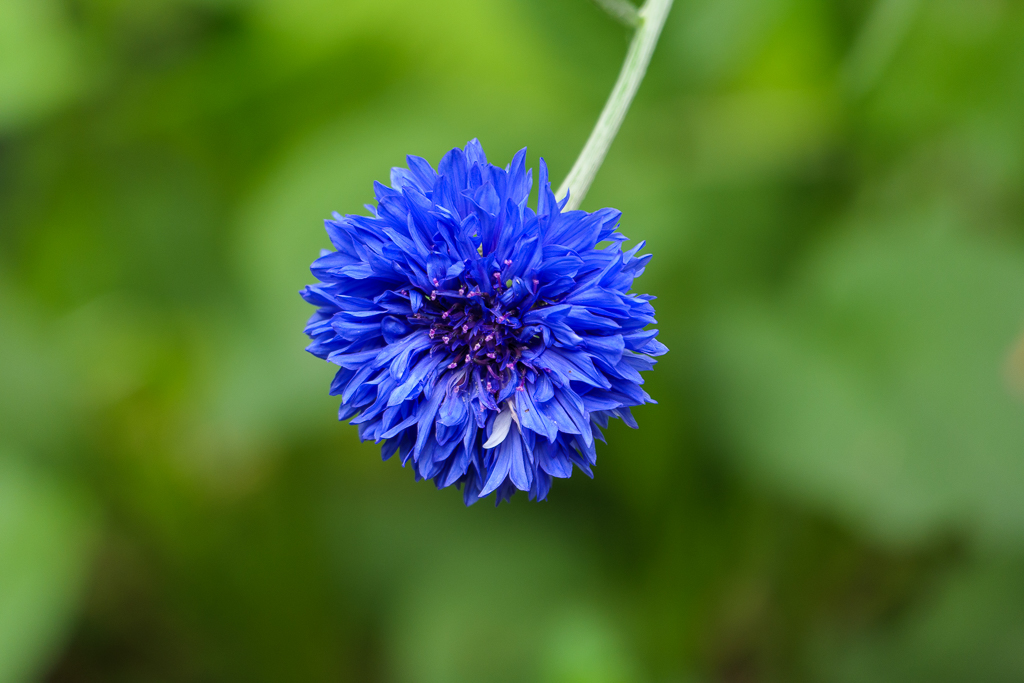
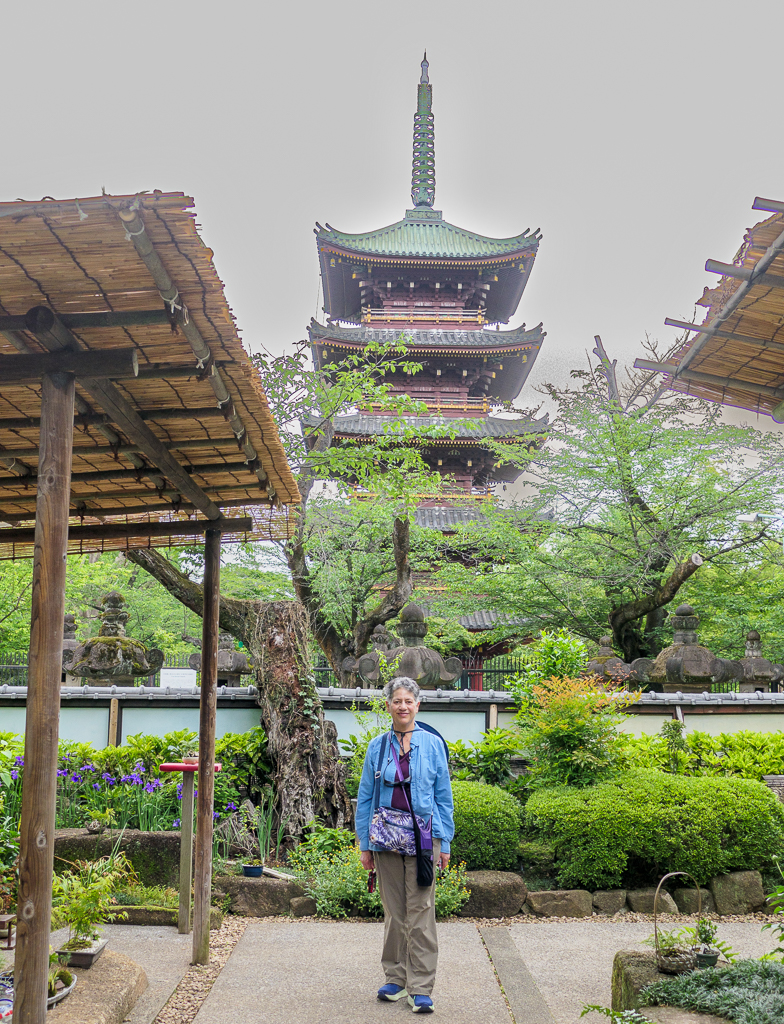
I like the garden’s moment of Zen better than I do Jon Stewart’s version.
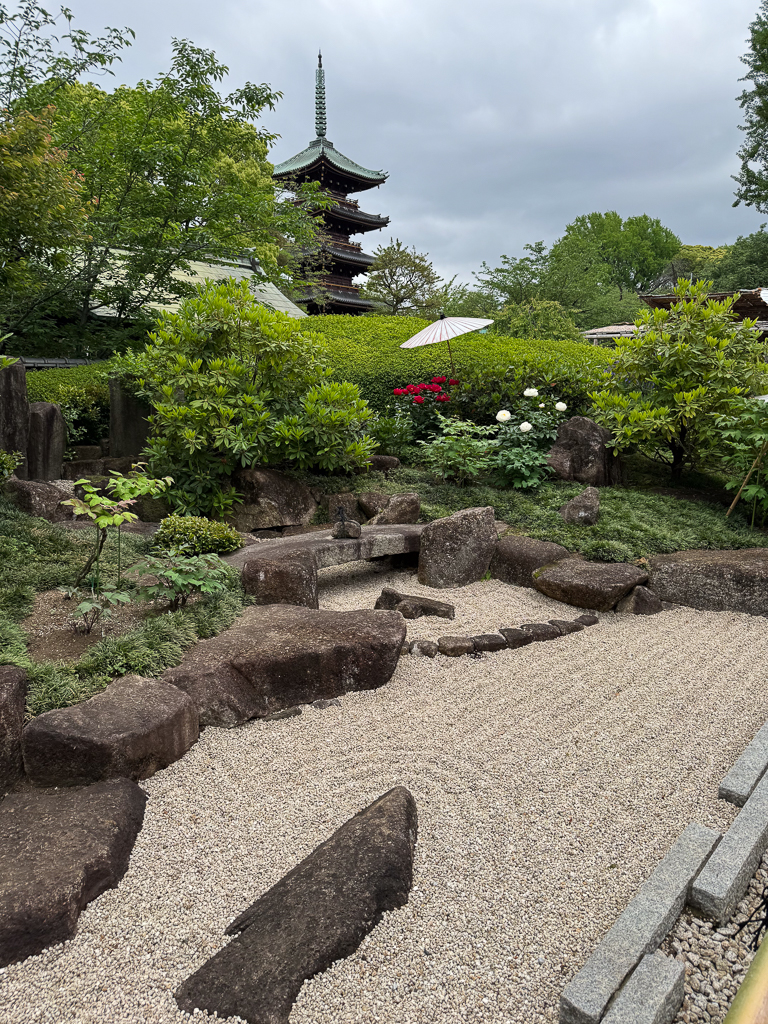
The garden exit put us into the grounds of the Toshogu Shrine.
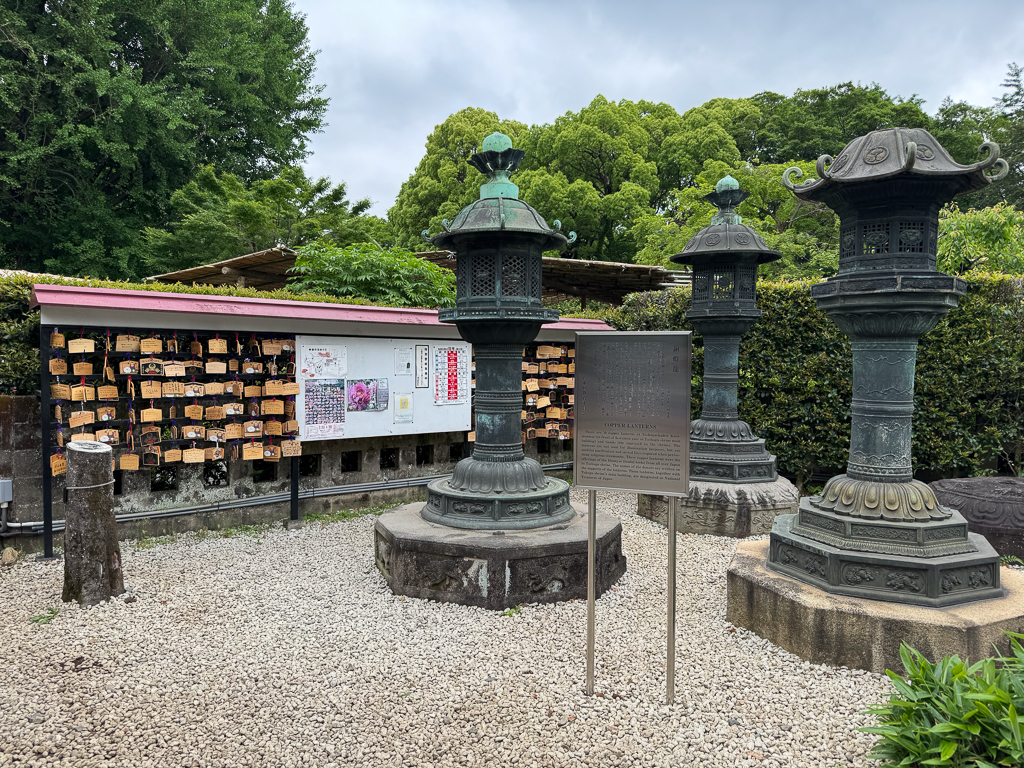
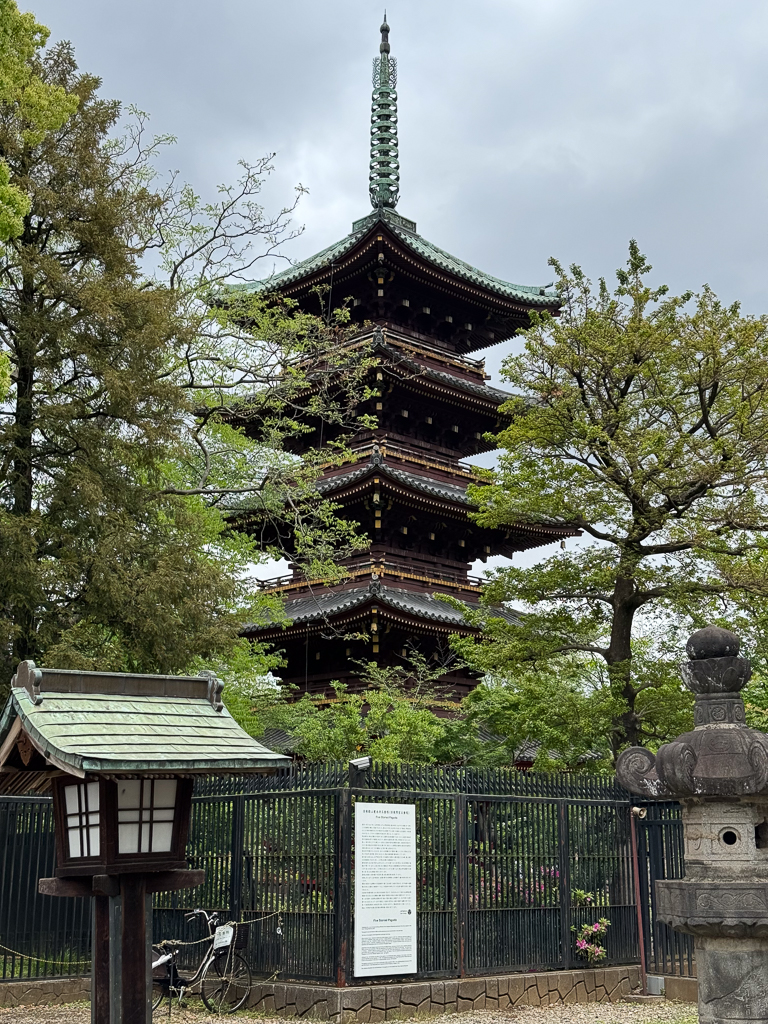
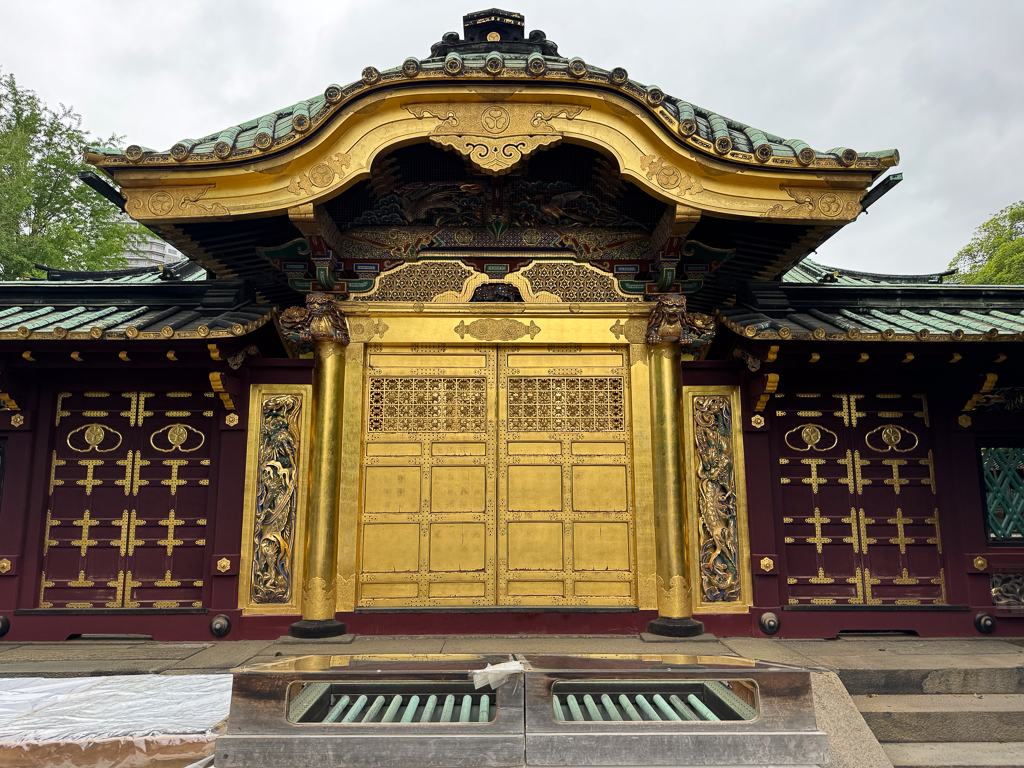
We were ready for lunch, but made a few stops along the way, one at the statue of Imperial Prince Komatsunomiya Akihito, and the other in the Tokyo Bunka Kaikan recital hall.
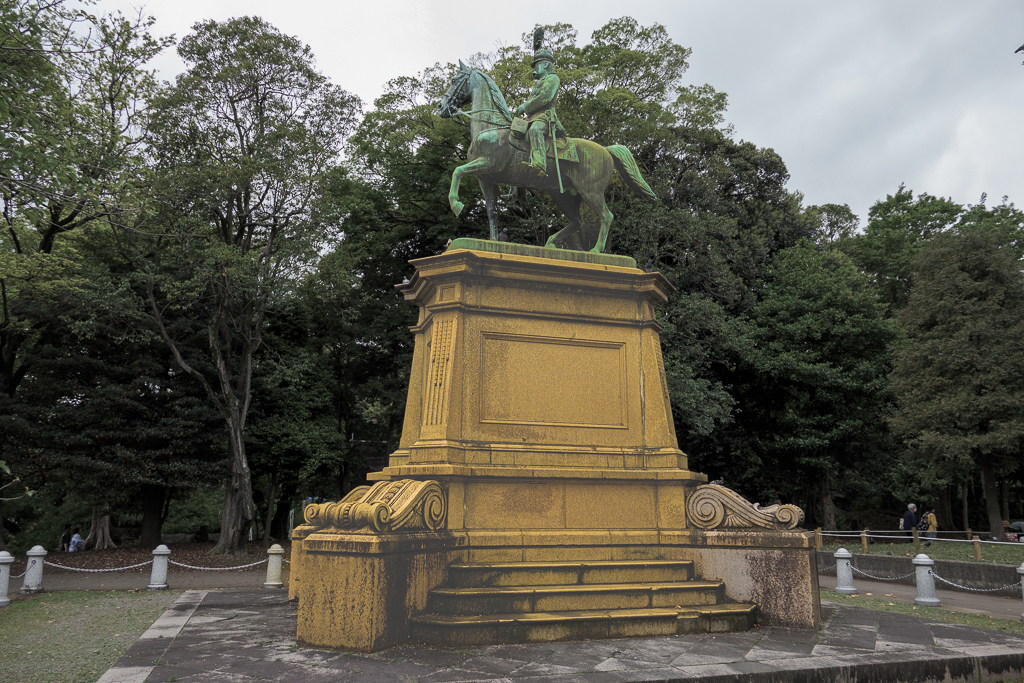
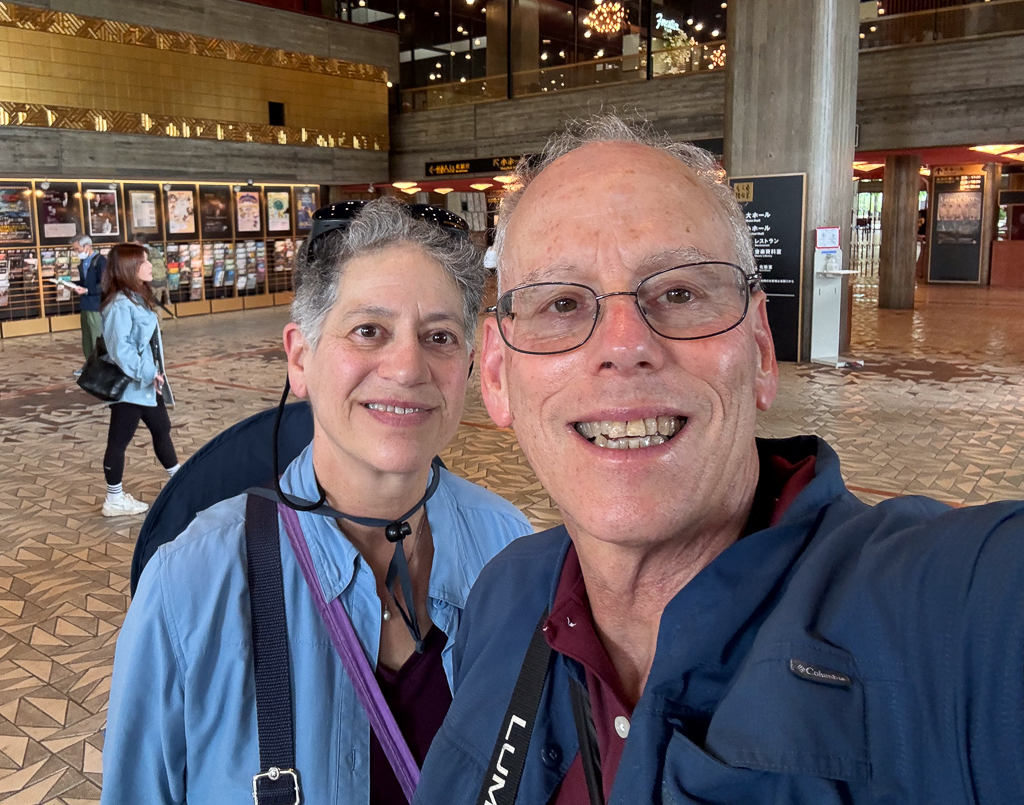
There are many restaurants in and around the park; we eventually had a delicious lunch at a sushi restaurant in the Ueno3153 building. I couldn’t figure out the restaurant’s name; they gave me a business card, but both Google and Apple translate the name on the card to “I’m so happy”, which seems unlikely!
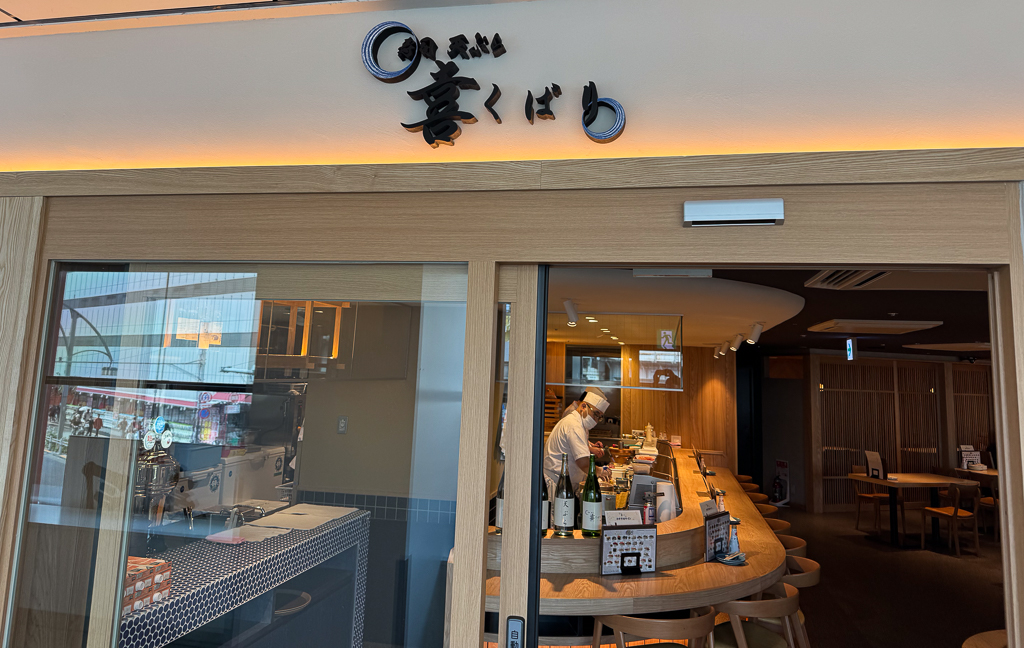
I’d found a blog post from Mad Hatters NYC offering suggestions for things to see in the park; we decided to use it as a guide for our wanderings. Its first suggestion was a visit to the statue of Takamori Saigo, a leader of the Meiji Restoration who disagreed with the route it was taking, tried to fight it, and eventually committed seppuku to avoid capture. He was the inspiration for the movie The Last Samurai (which I haven’t seen).
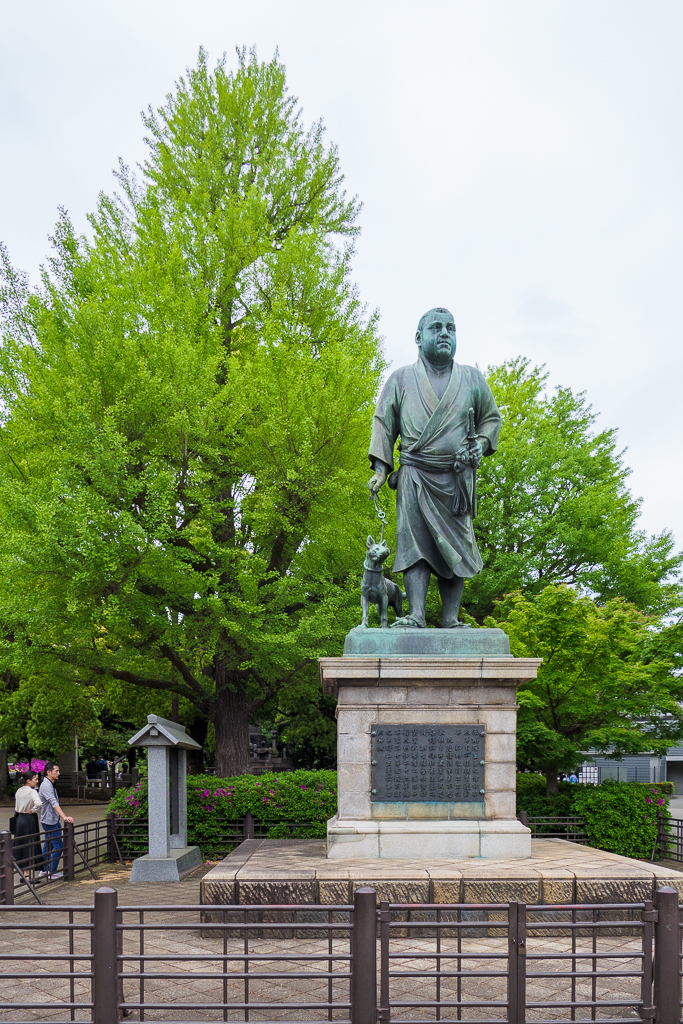
The next suggestion was Kiyomizu Kannon-do, which was built to mimic Kiyomizu-dera in Kyoto, which we’d visited a week-and-a-half ago. It was much smaller, but still enjoyable.
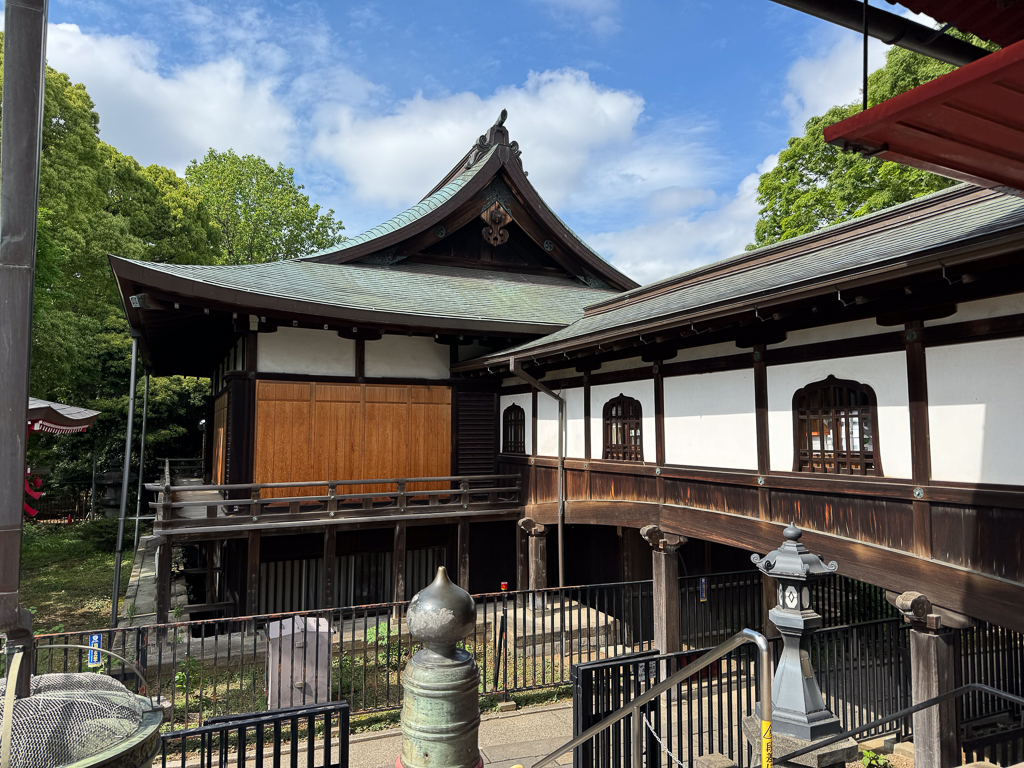
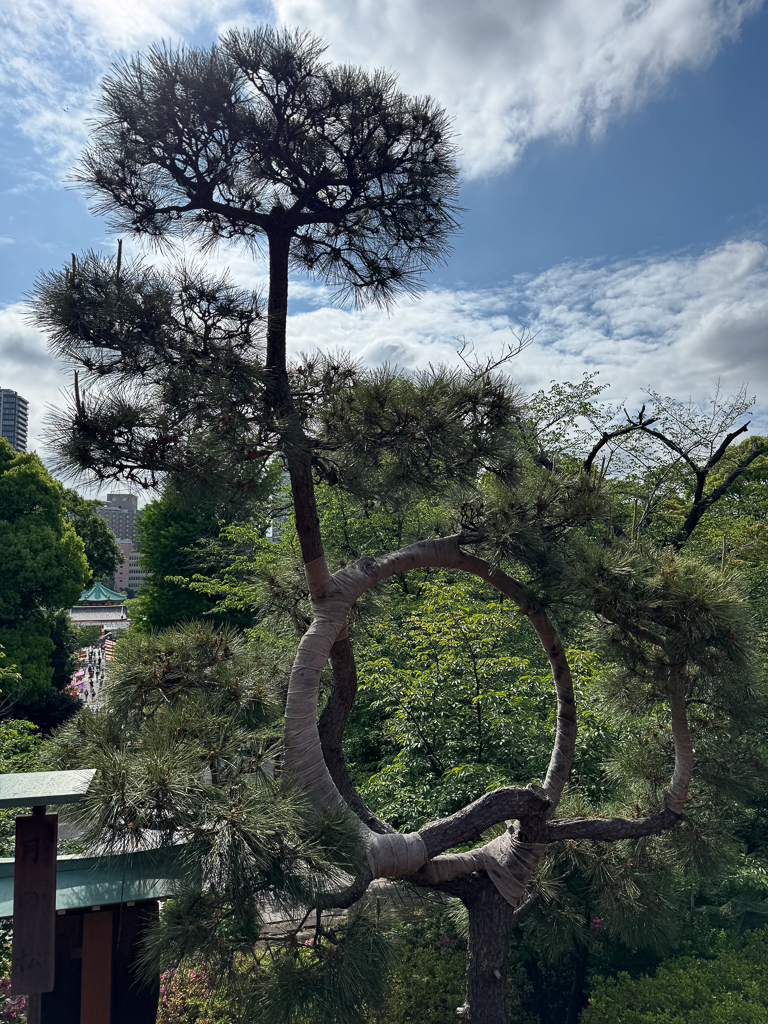
There were lots of performances going on in the park today under the umbrella title of “Heaven Artists“; we stopped to enjoy a couple of pantomime comedians playing a fatal game of tennis.
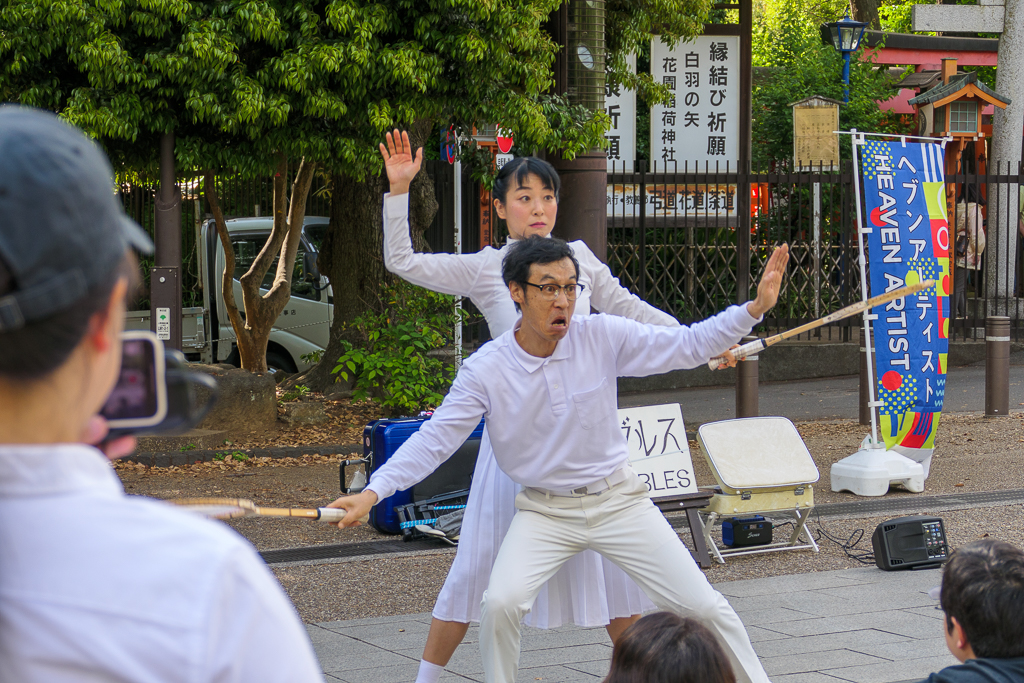
There were more shrines ahead – Hanazono Inari Shrine with its red torii gates and Gojo-ten Shrine, immediately adjacent to it.
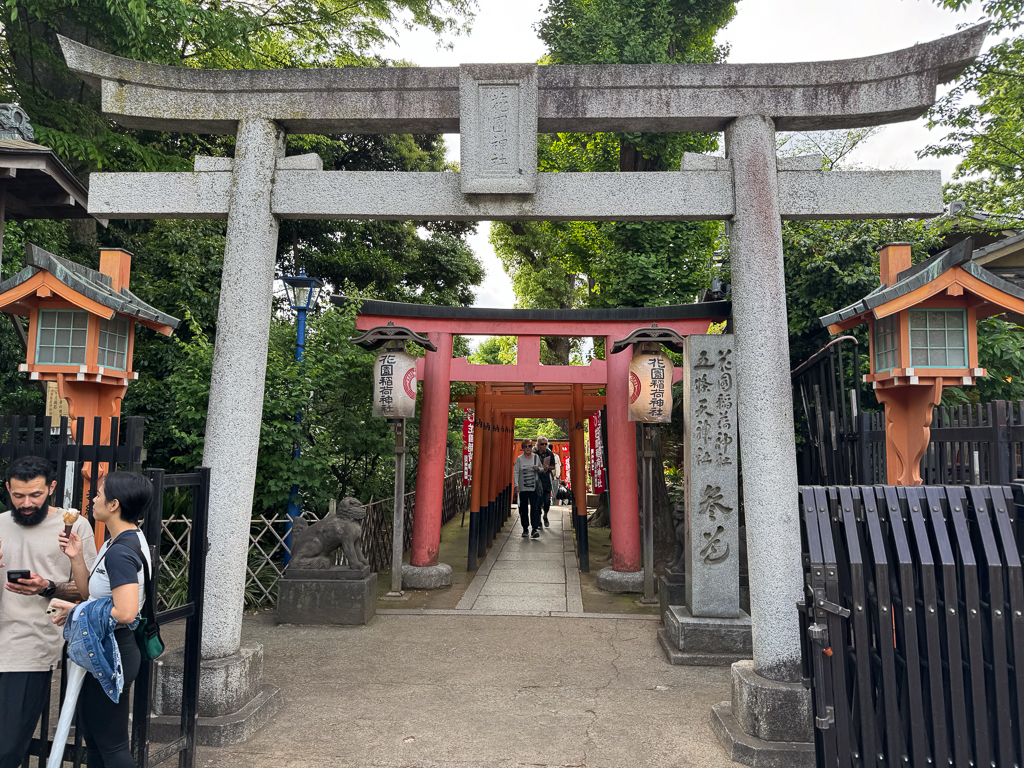
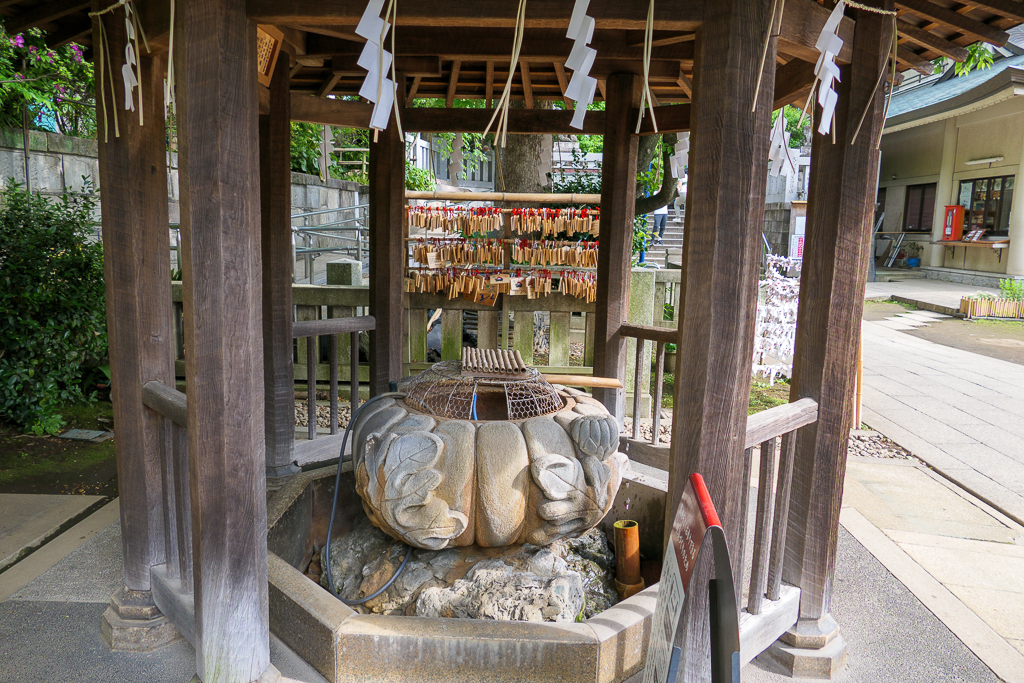
We crossed the street to Shinobazu Pond; Shinobazu-no-ike Bentendo, dedicated to the goddess Benzaiten, is on an island in the pond; there’s also a temple there dedicated to Daikokuten, the god of fortune and wealth.
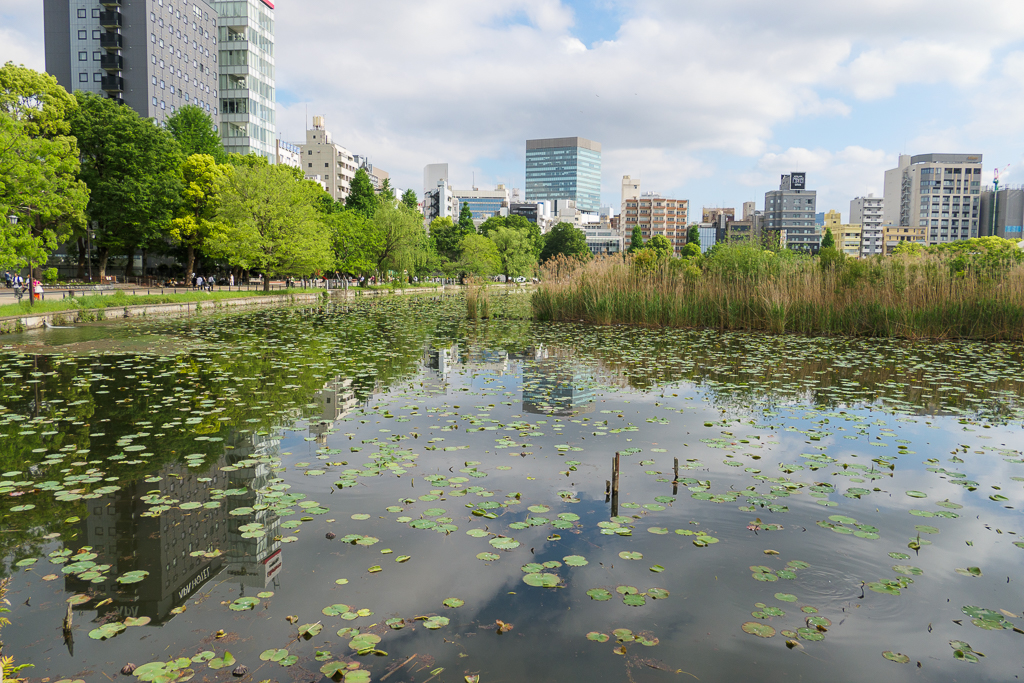
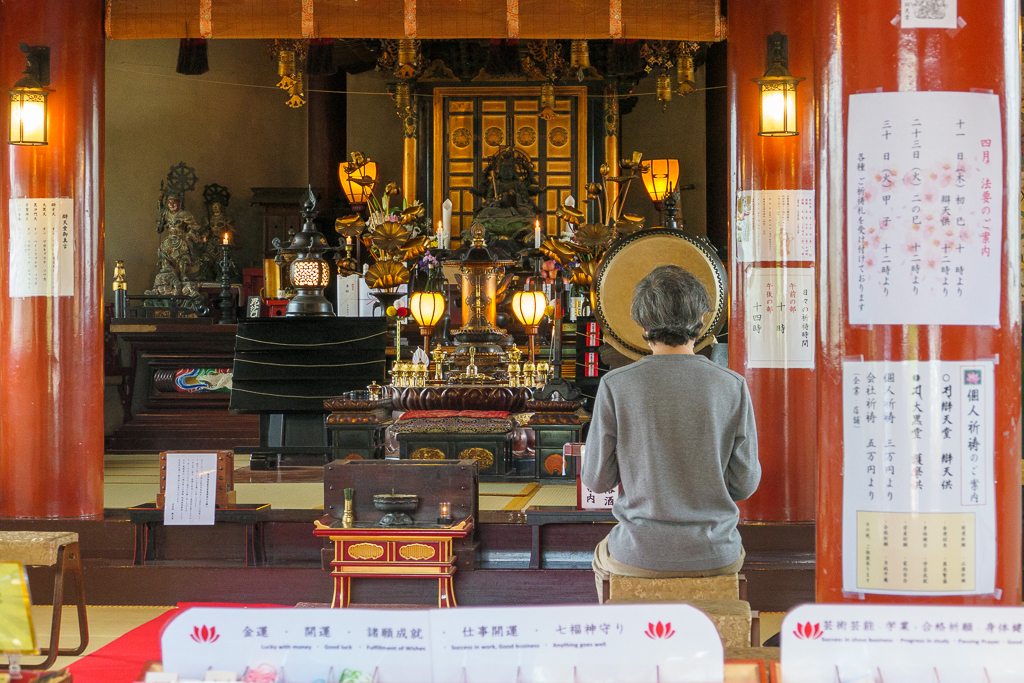
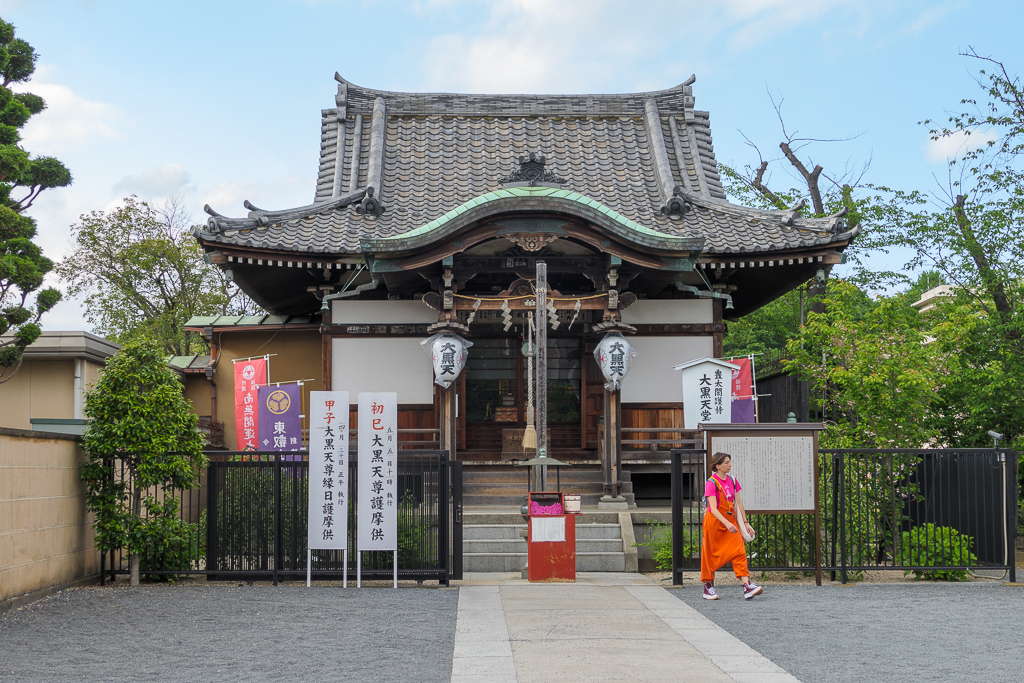
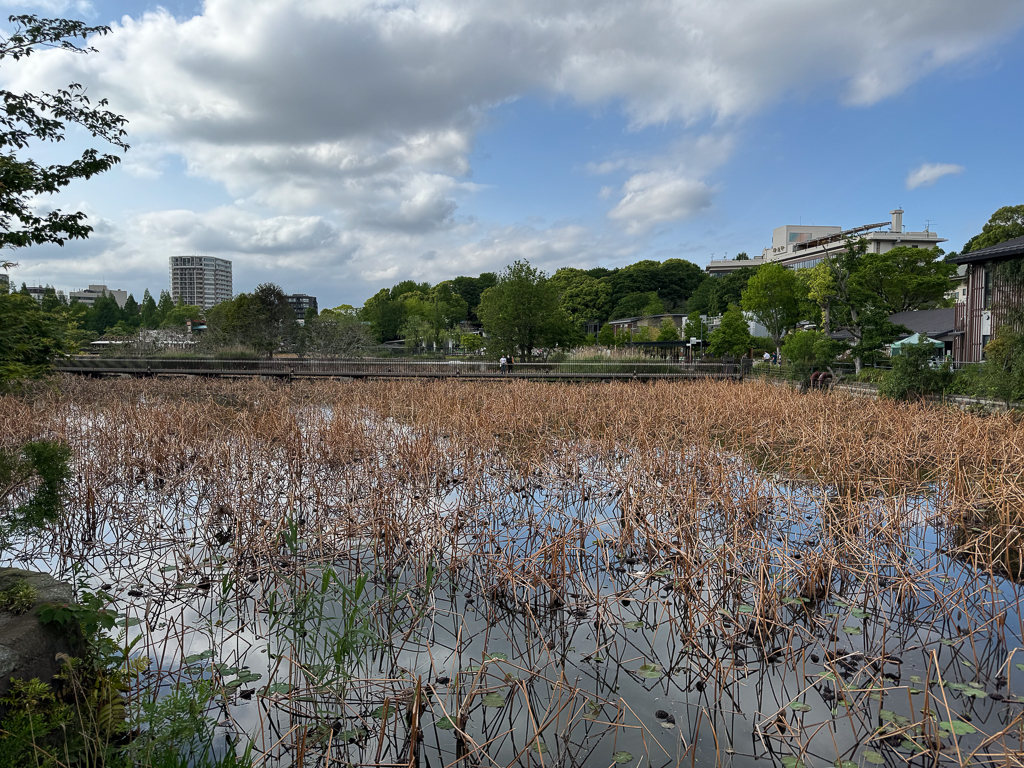
The last stop on the tour from the Mad Hatters was the Big Buddha, all that remains of a giant statue of Buddha which was partially melted down to make armaments during World War II.
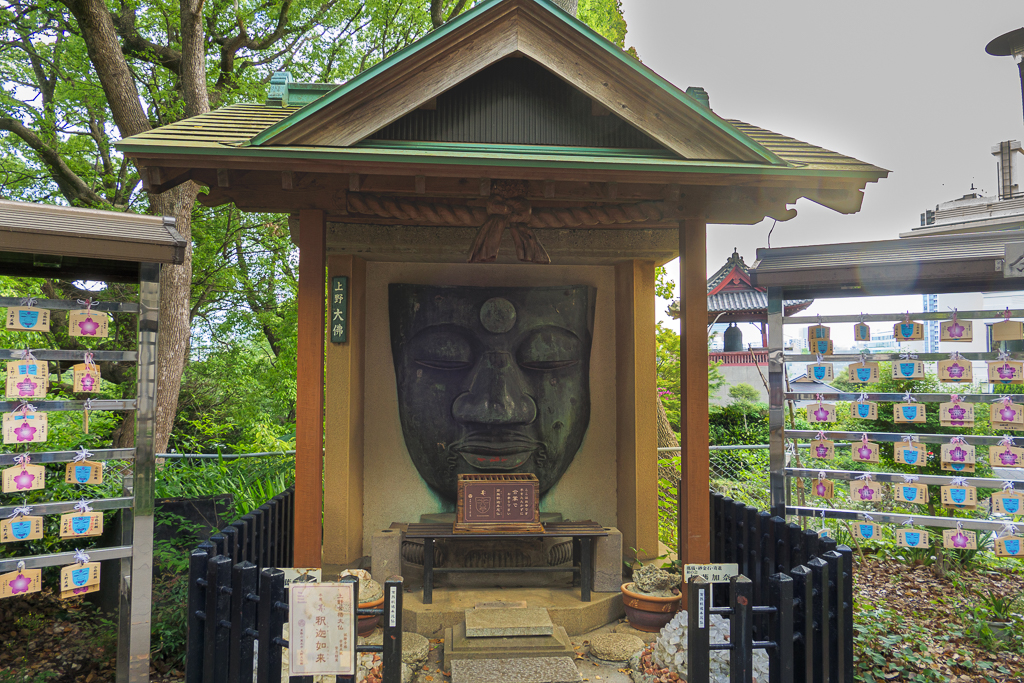
But we weren’t finished – there was a President to visit: U. S. Grant. He and his wife had visited Japan after his term and had planted trees in the park at the invitation of the Meiji Emperor; those trees are still alive, and there’s a plaque honoring his visit.
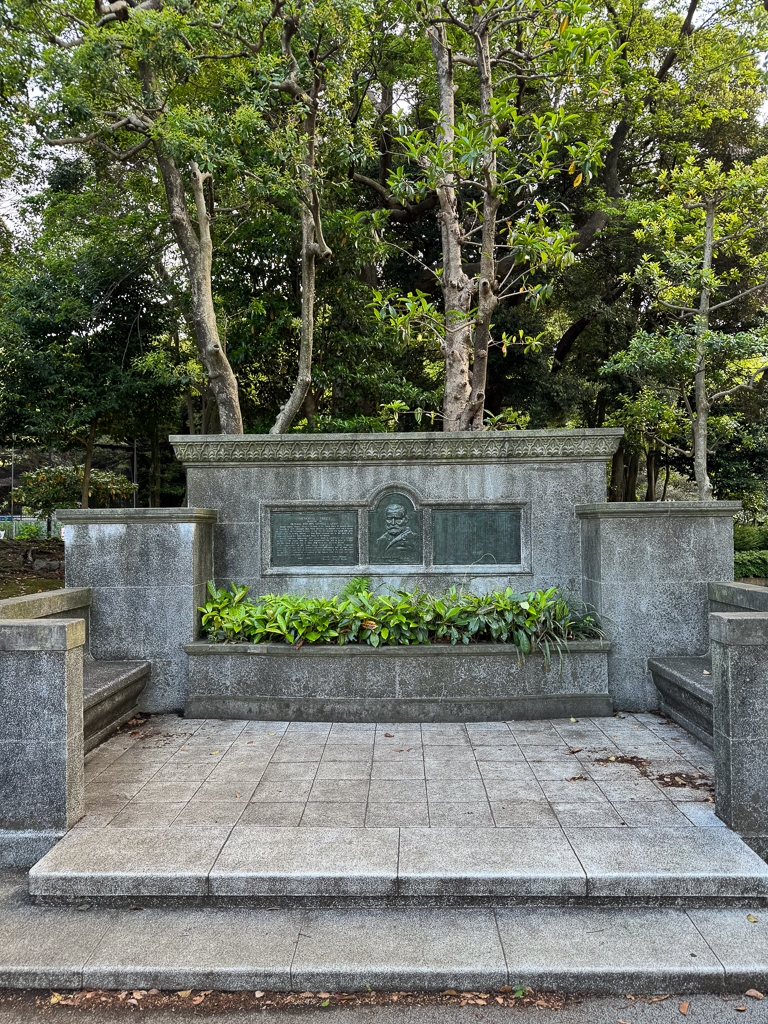
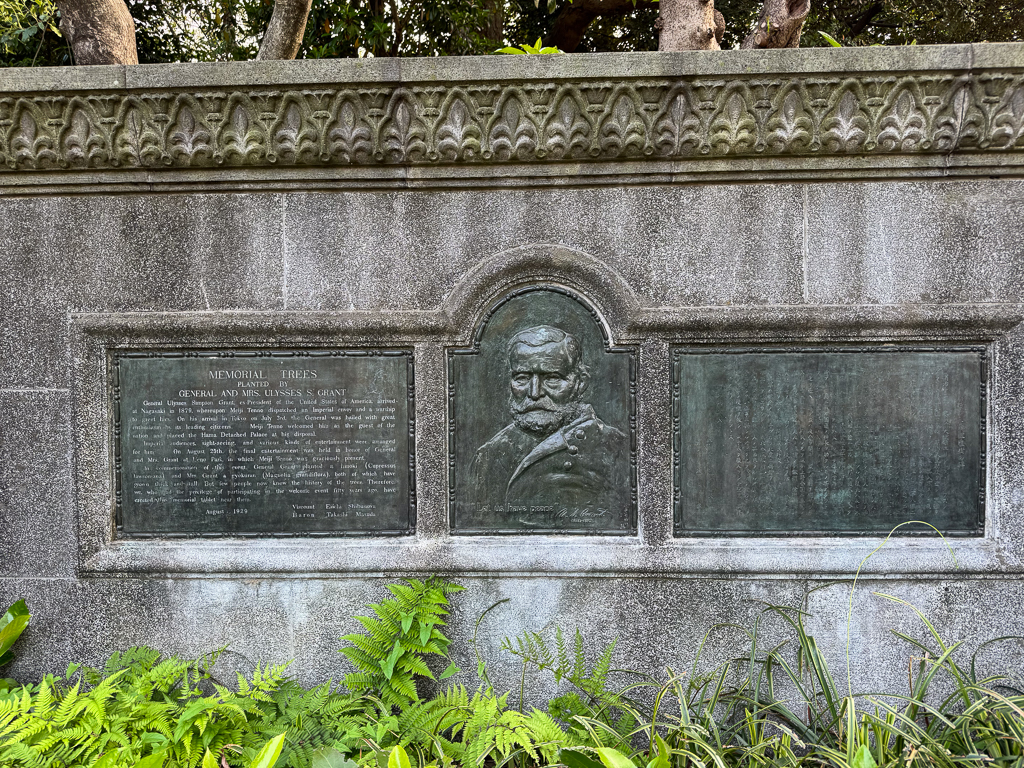
We returned to the hotel on a nearly-empty Yamanote Line train (a true Golden Week miracle!) and rested for a bit before heading out for the last adventure of the day: laundry!
Doing laundry here was pretty easy once we found the laundromat – the washer has a built-in supply of detergent and there was only ohe cycle to choose from. The machines were fast and cheap, too – 40 minutes to wash, 24 minutes to dry, at a total cost of 800 yen (five bucks). And the place was quiet and had great wifi. What a way to end the day!
